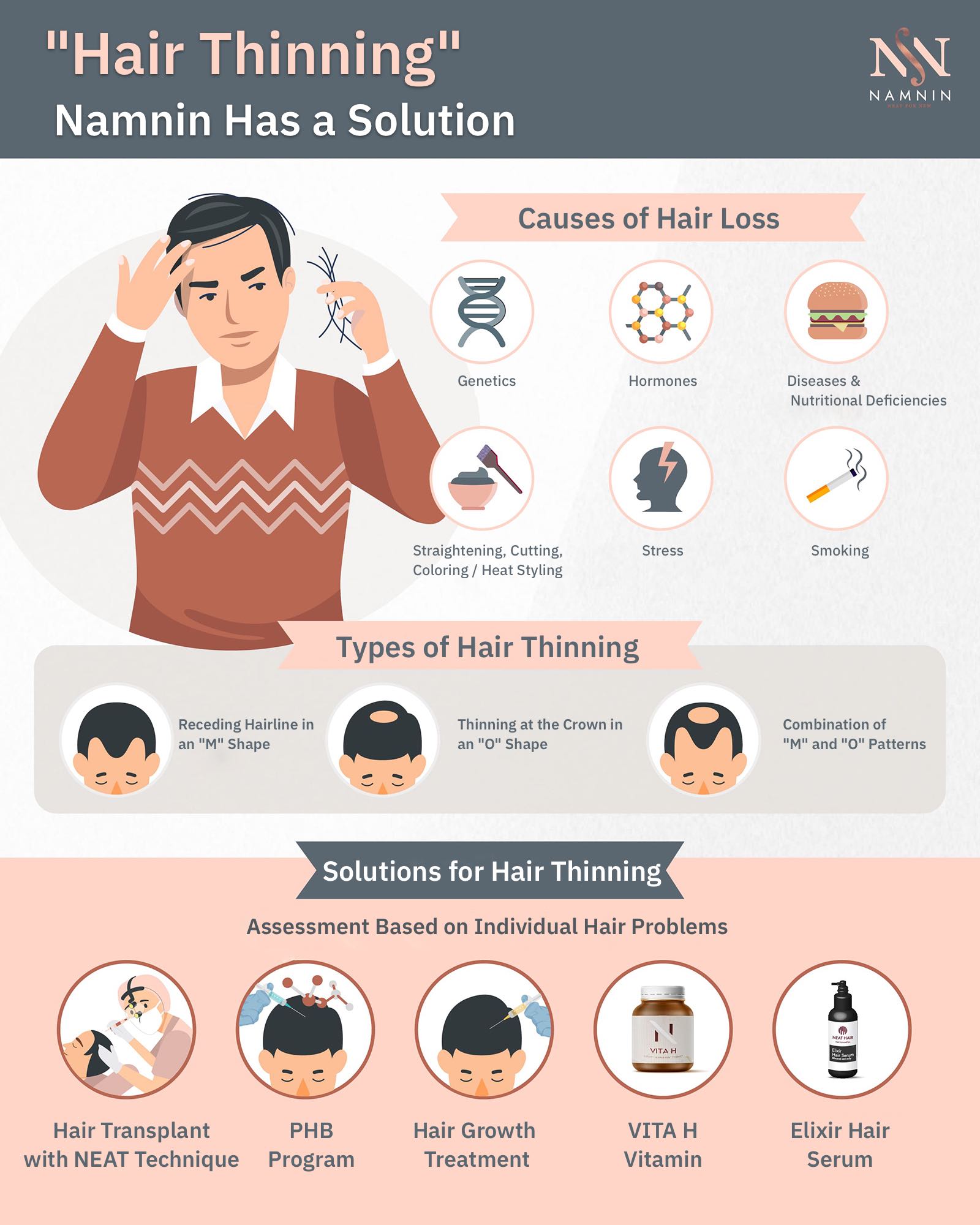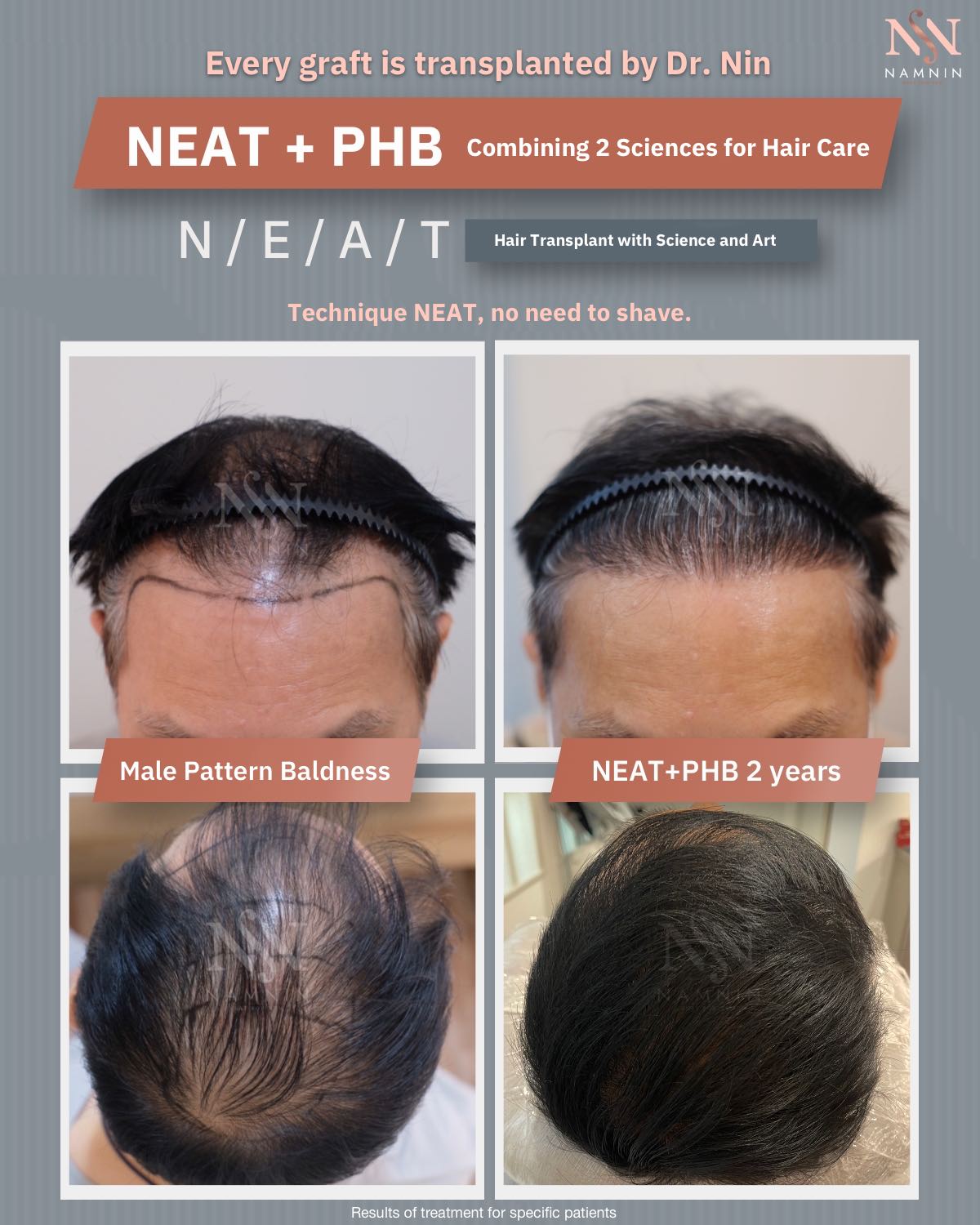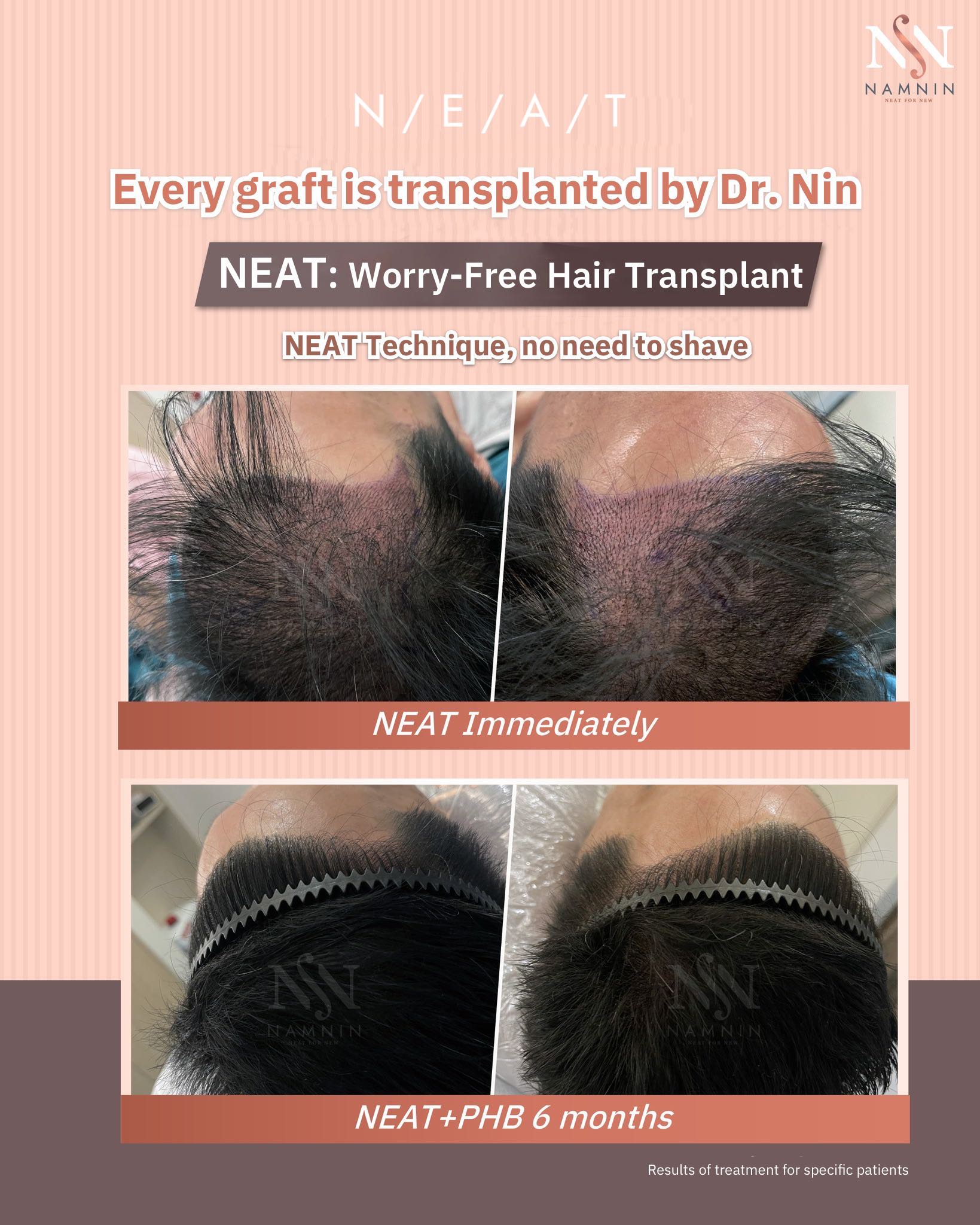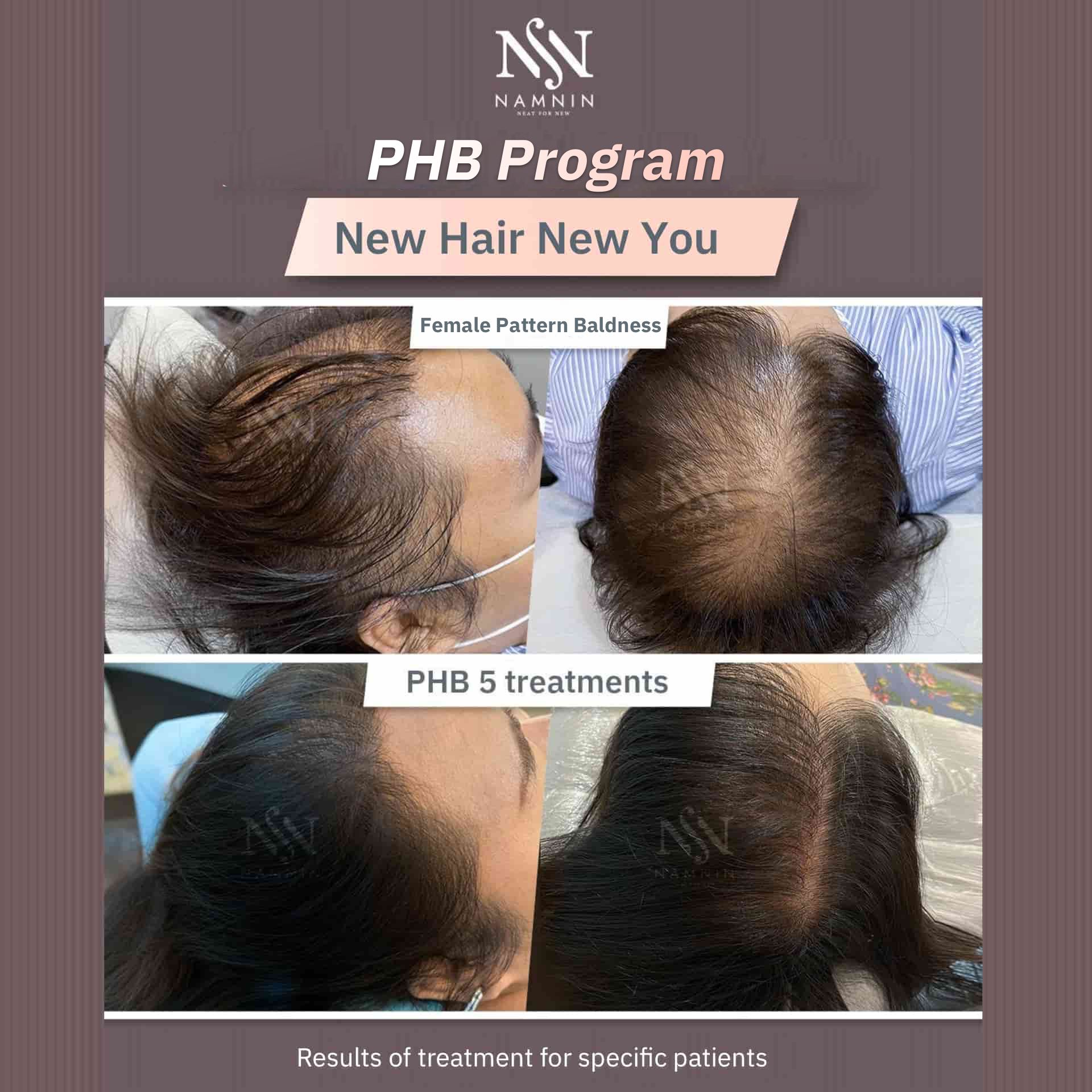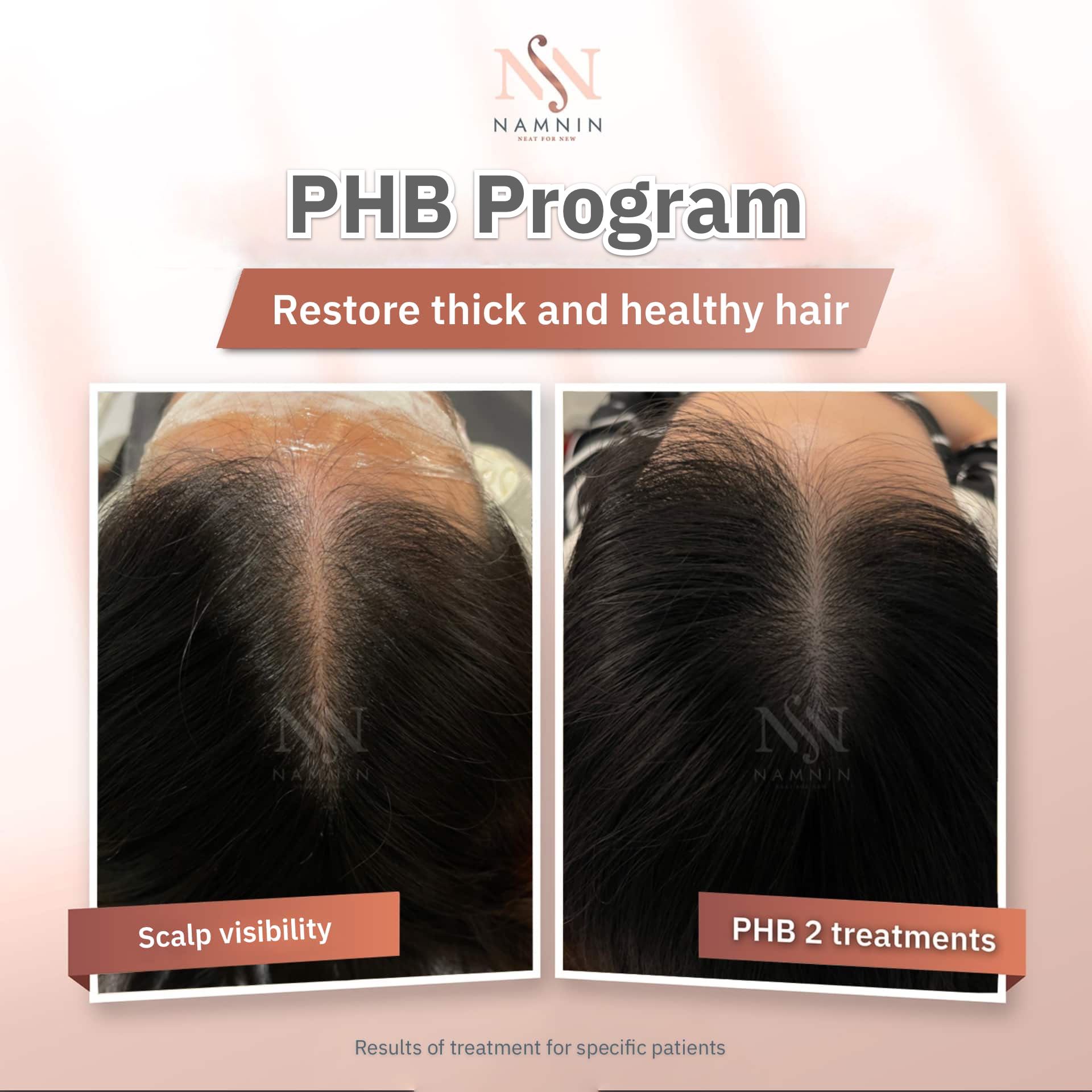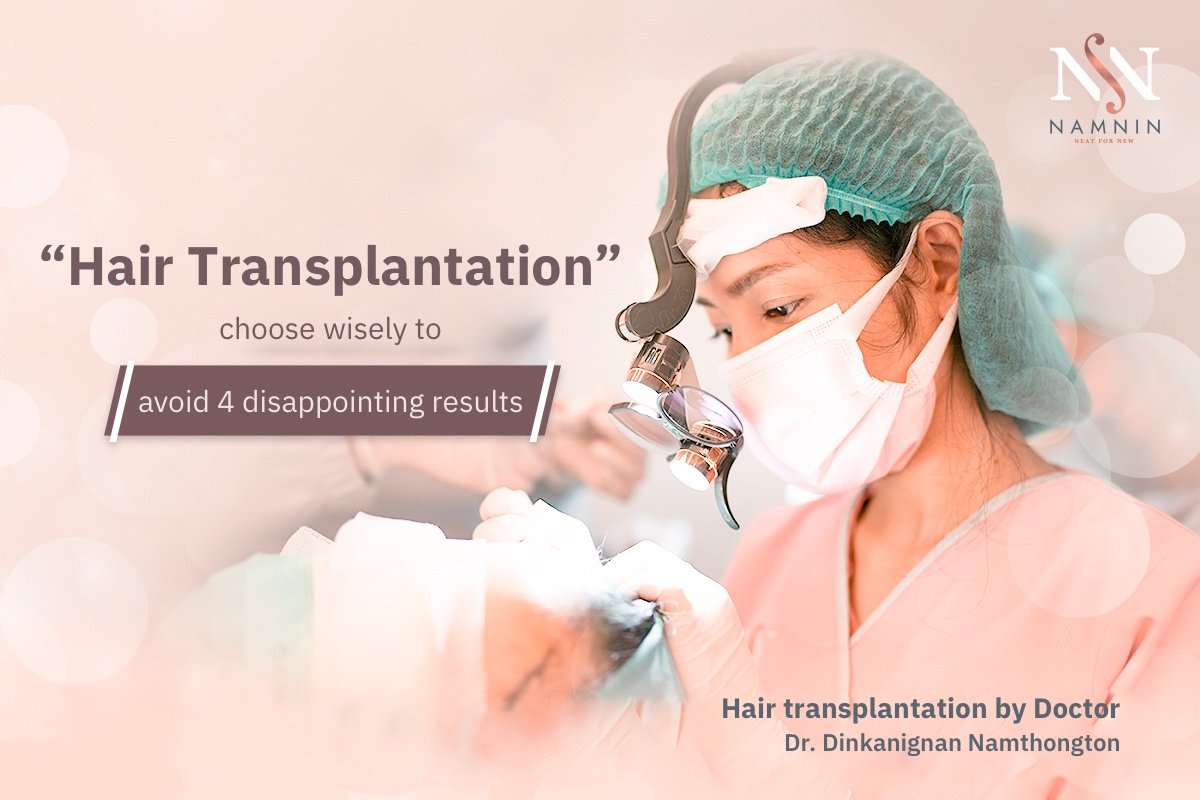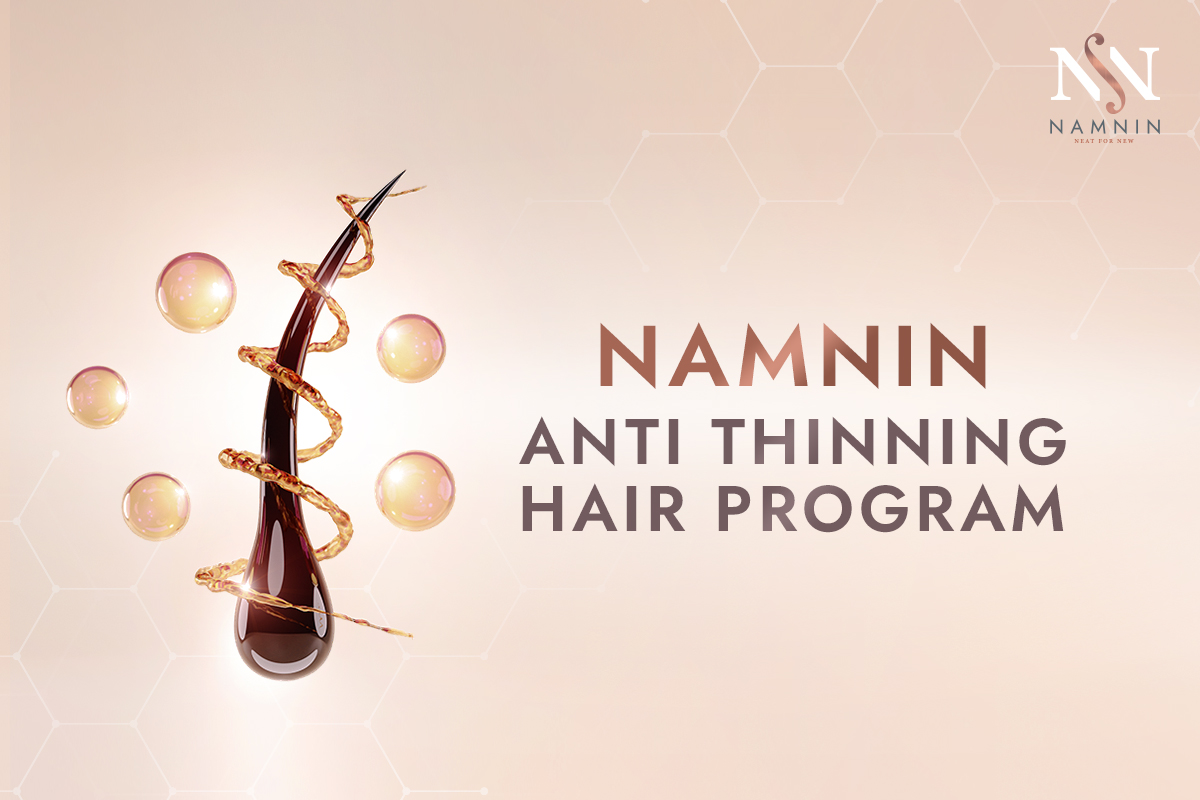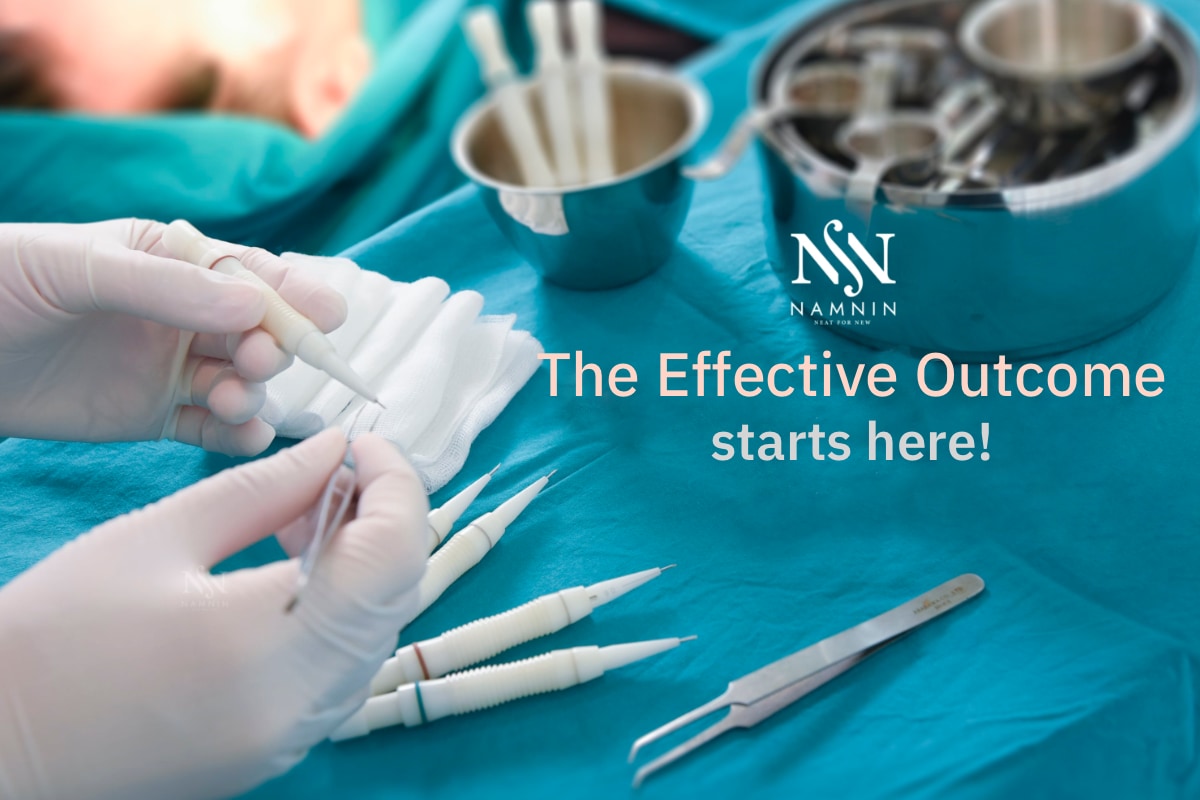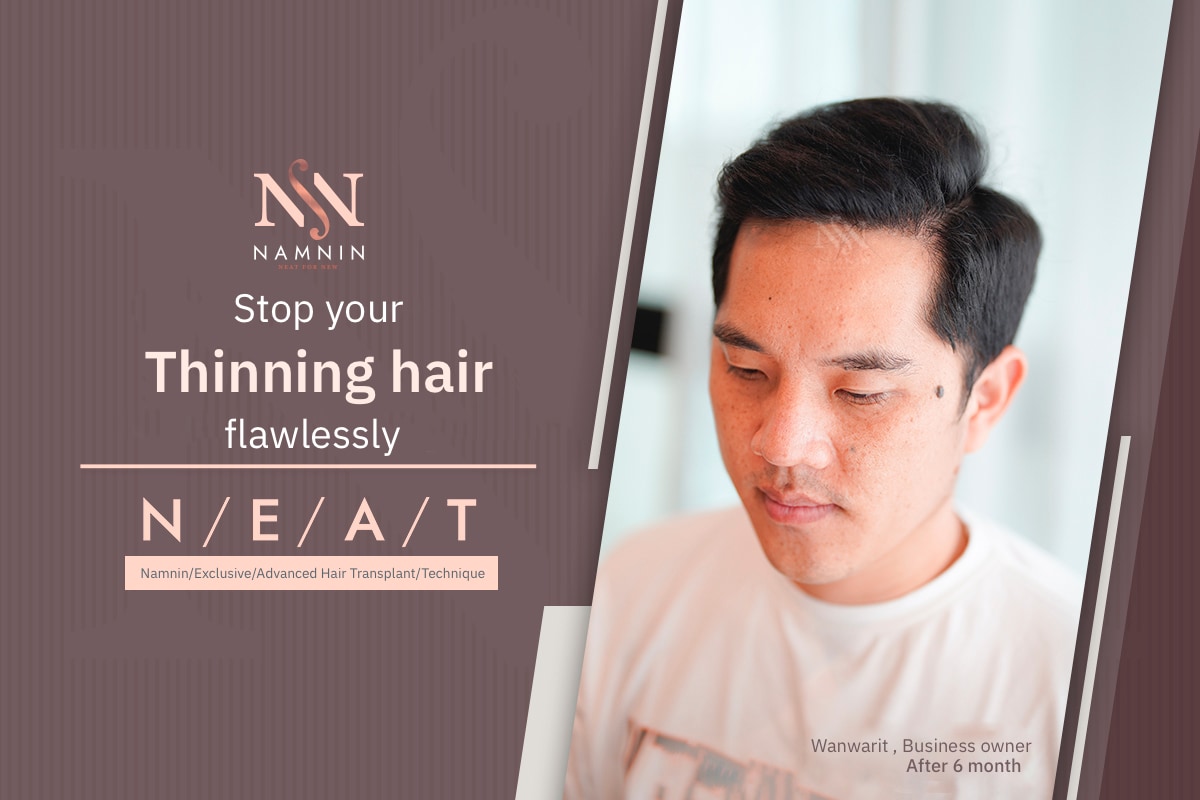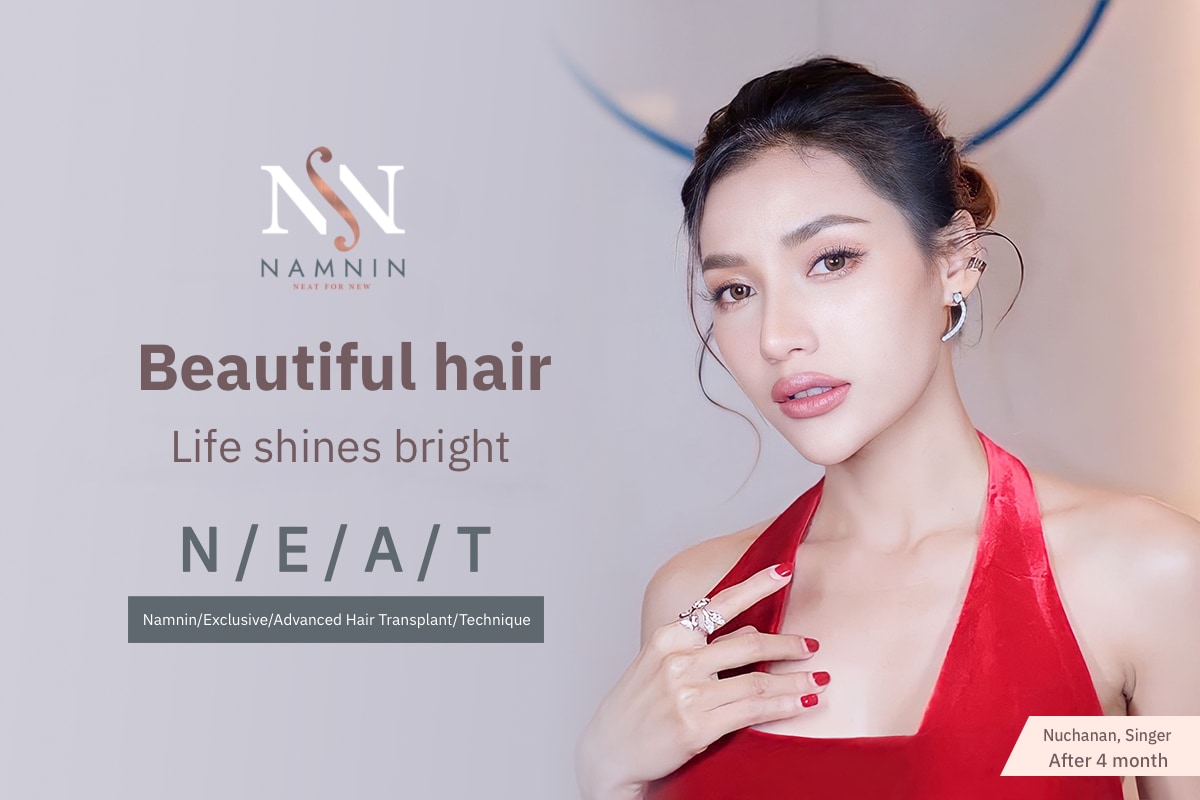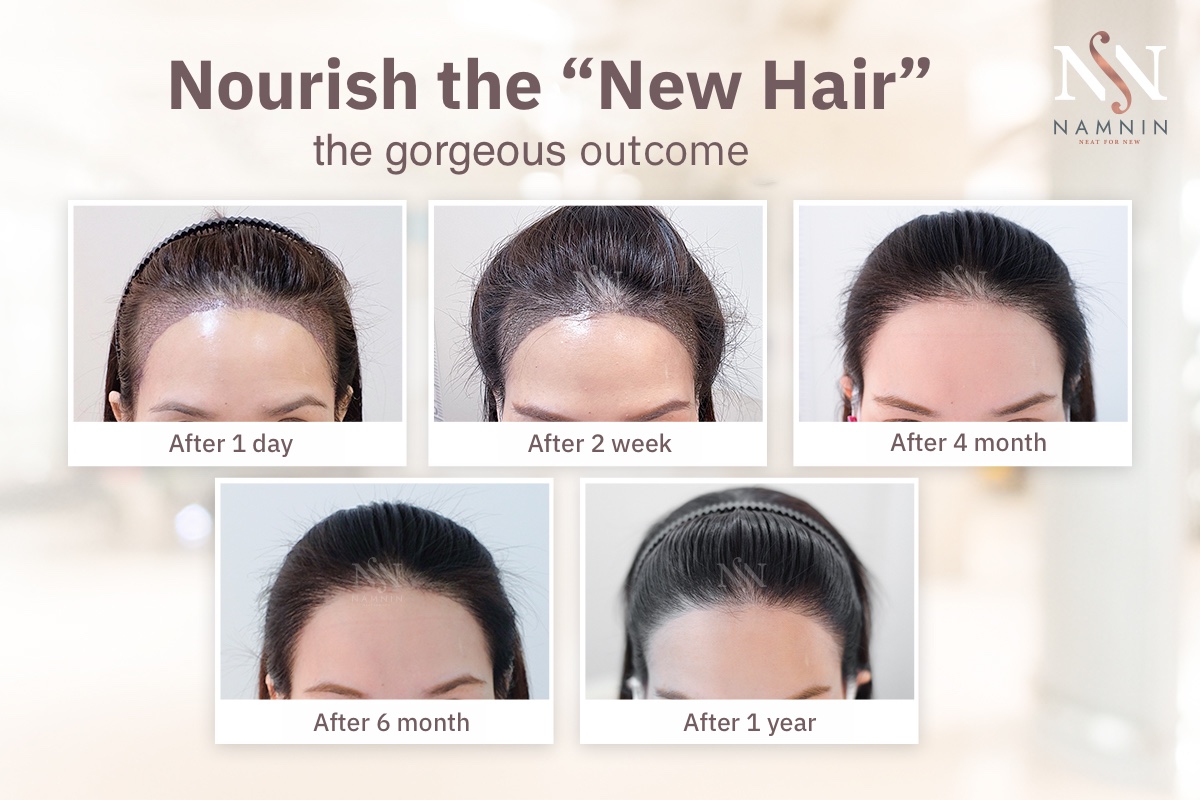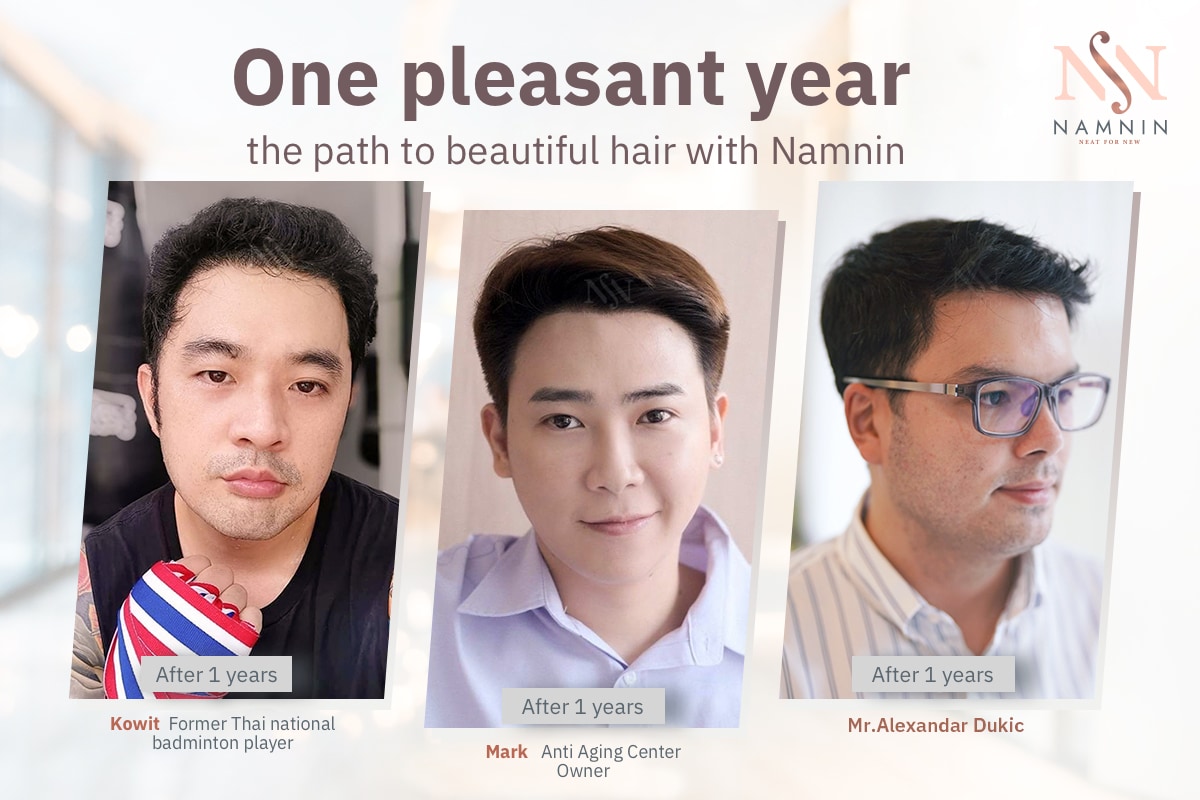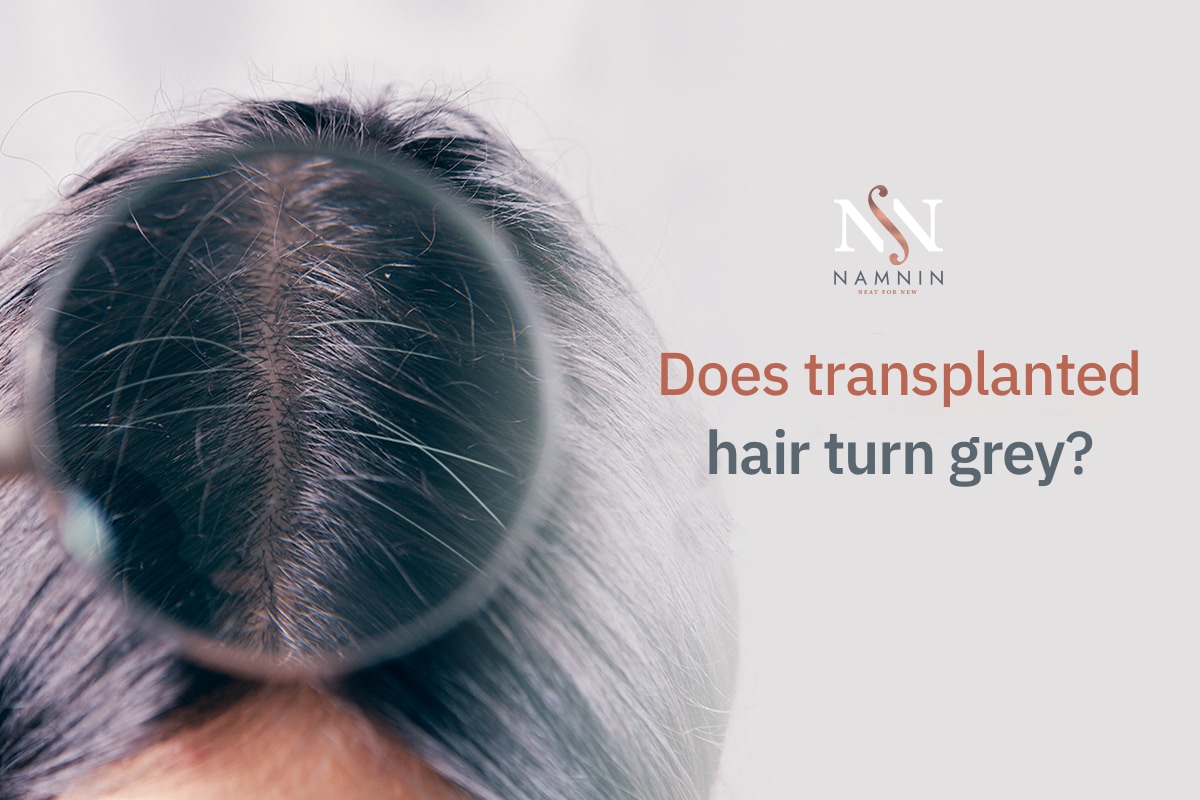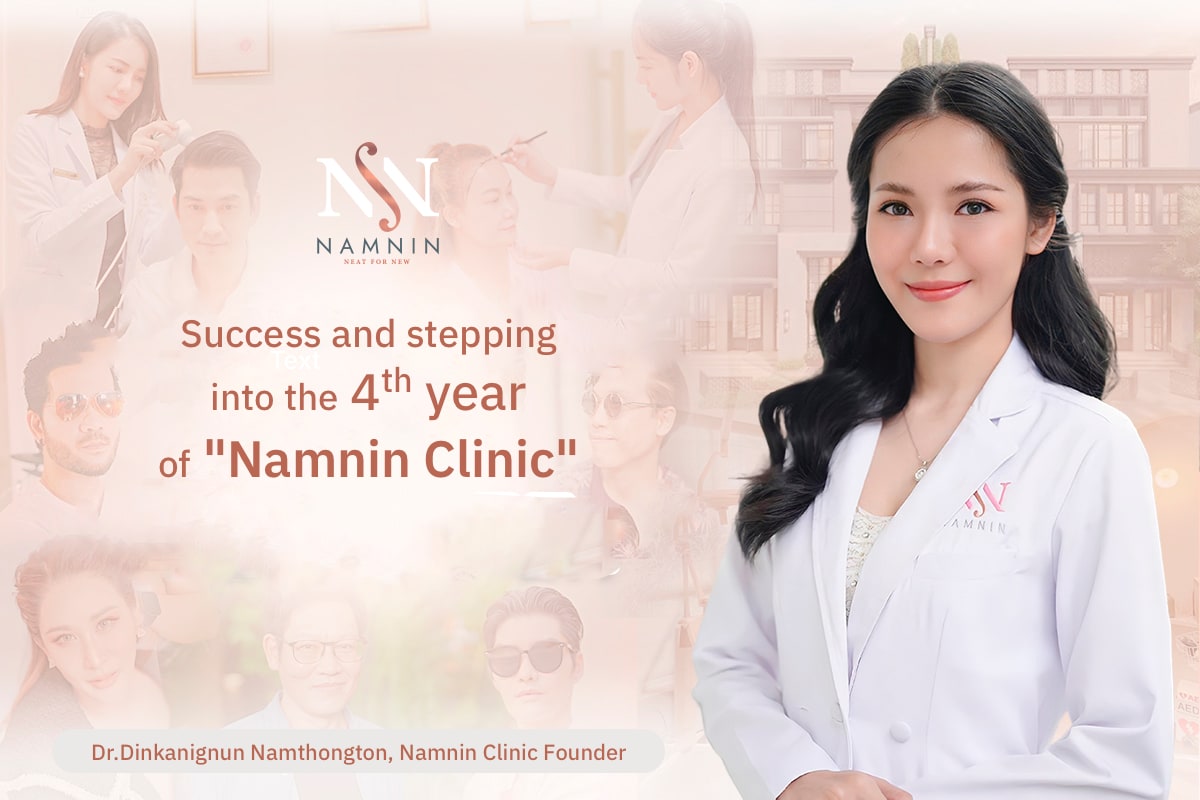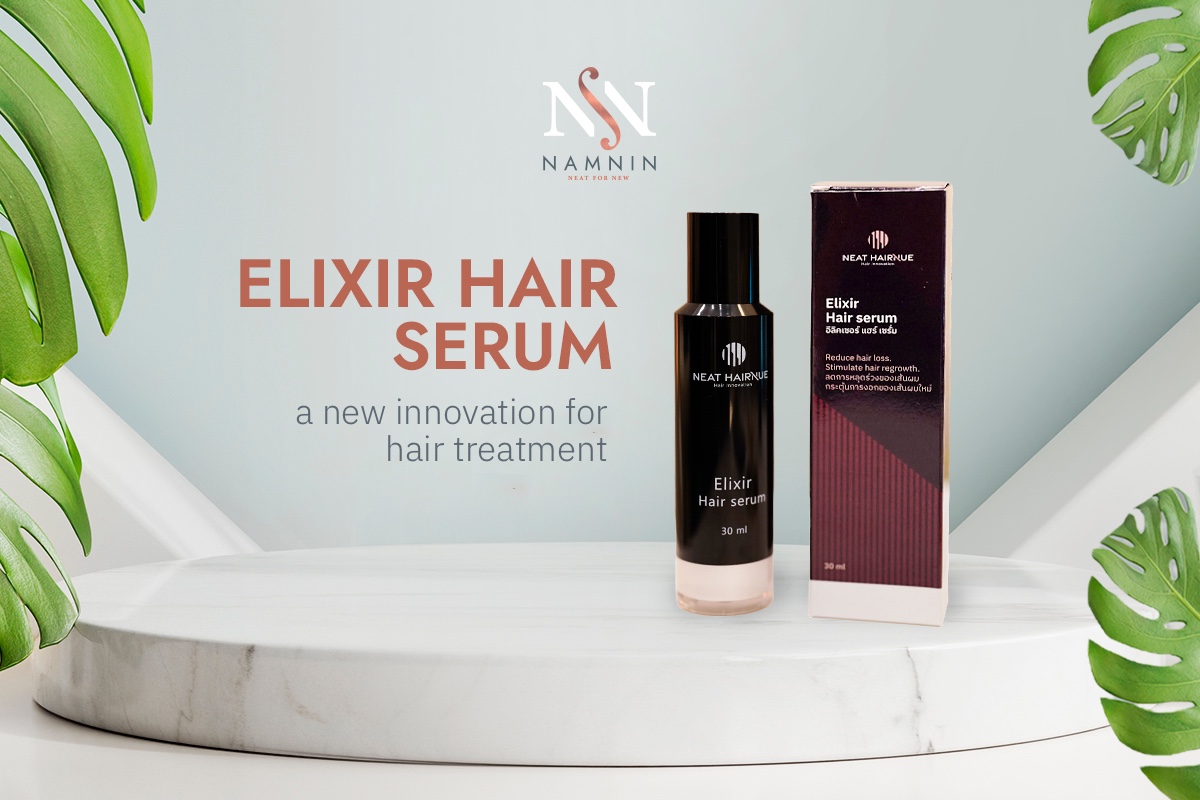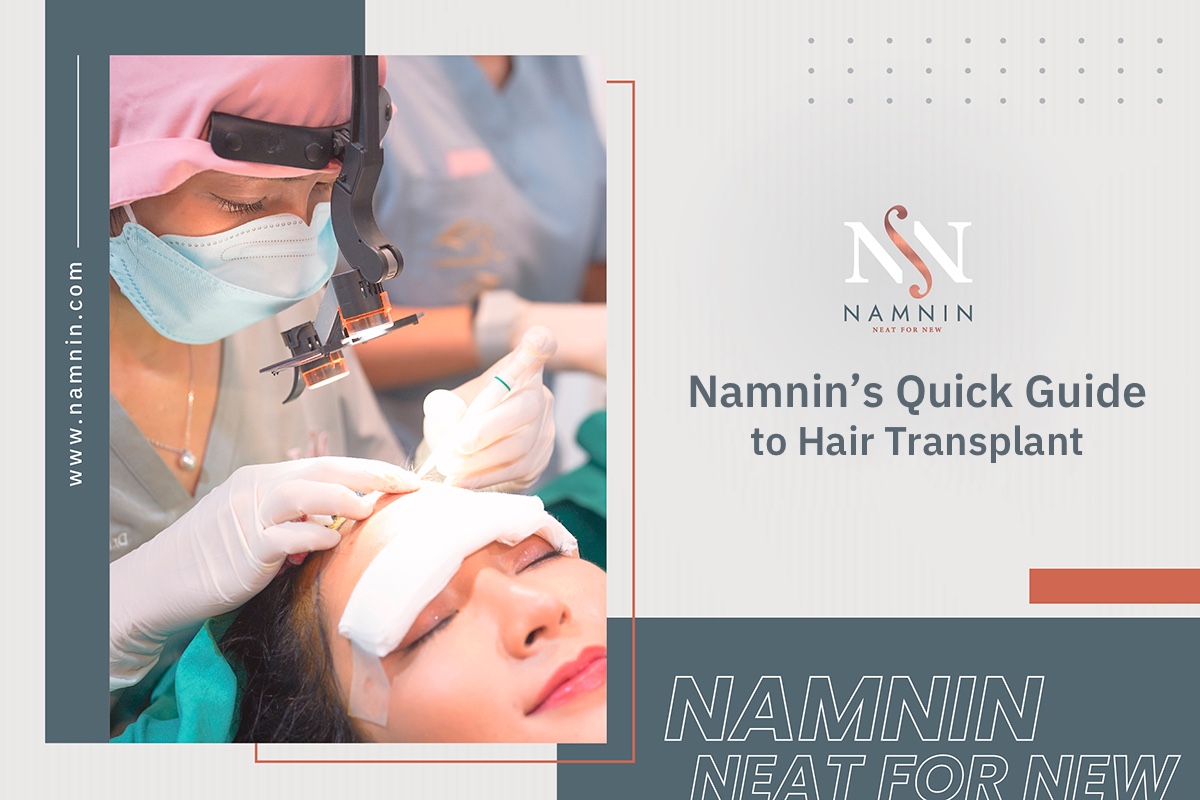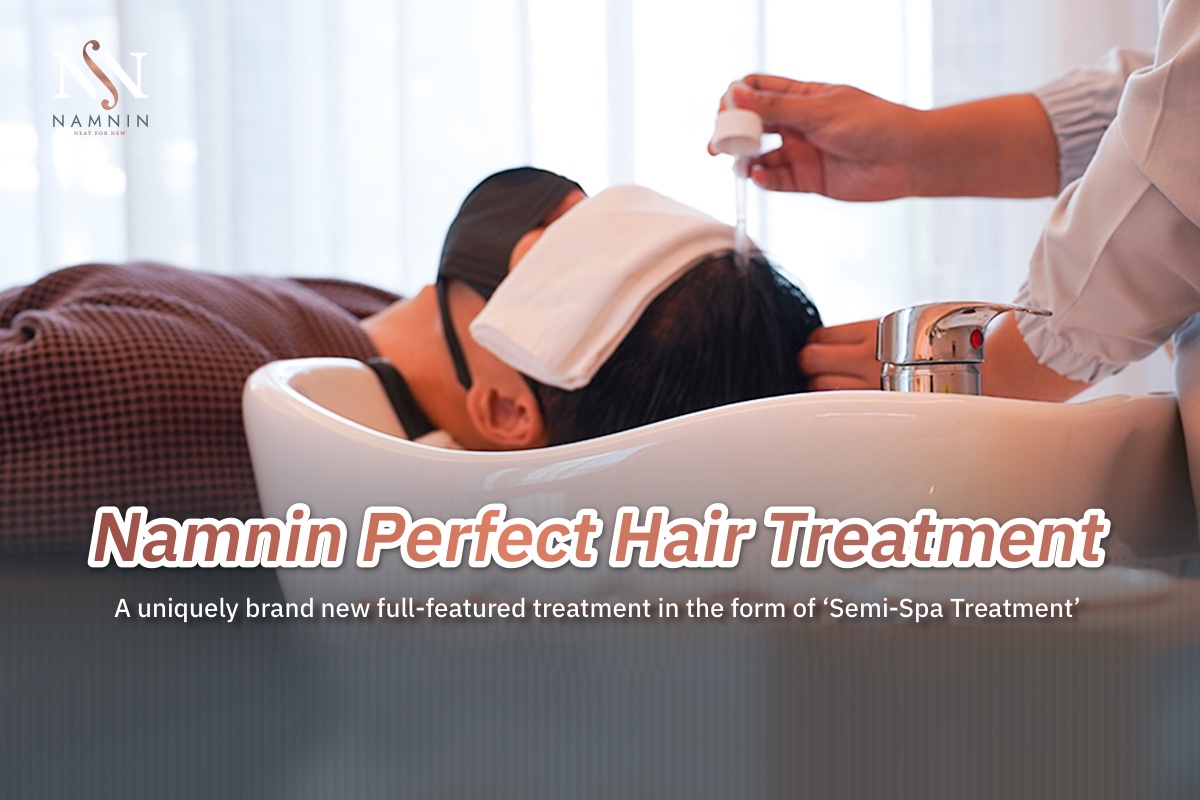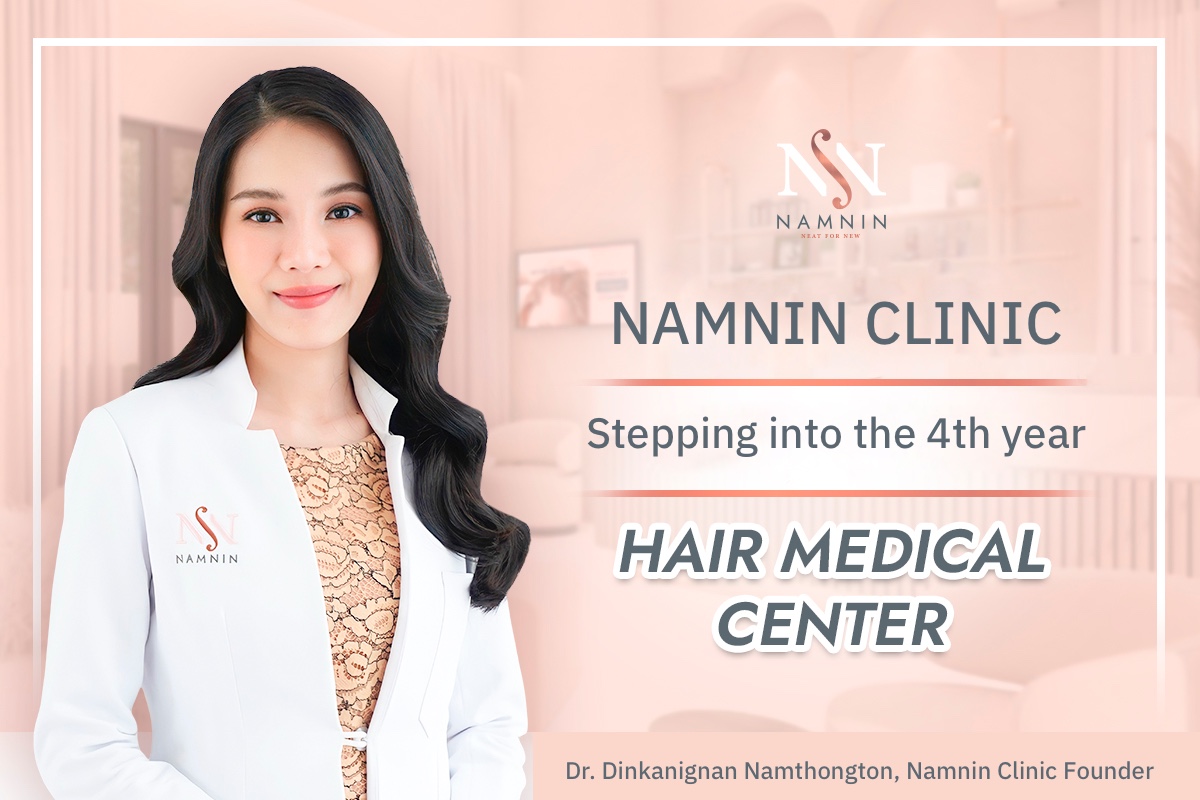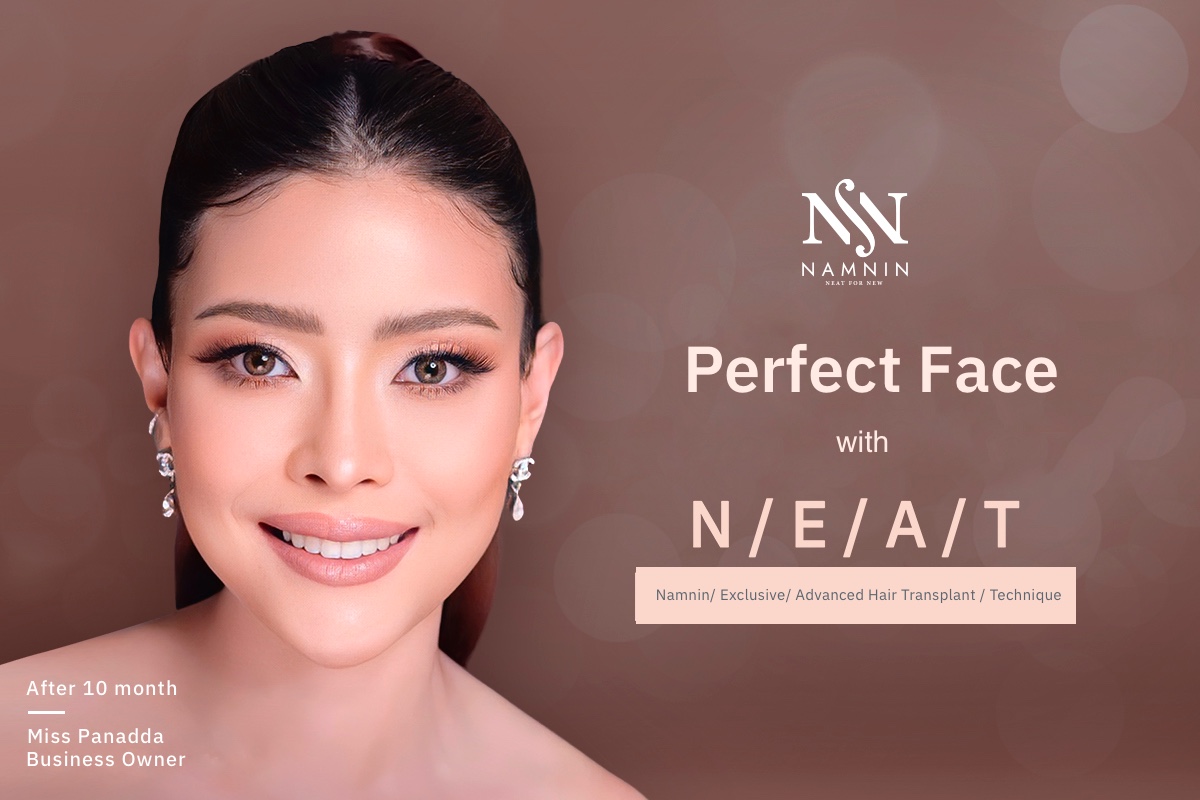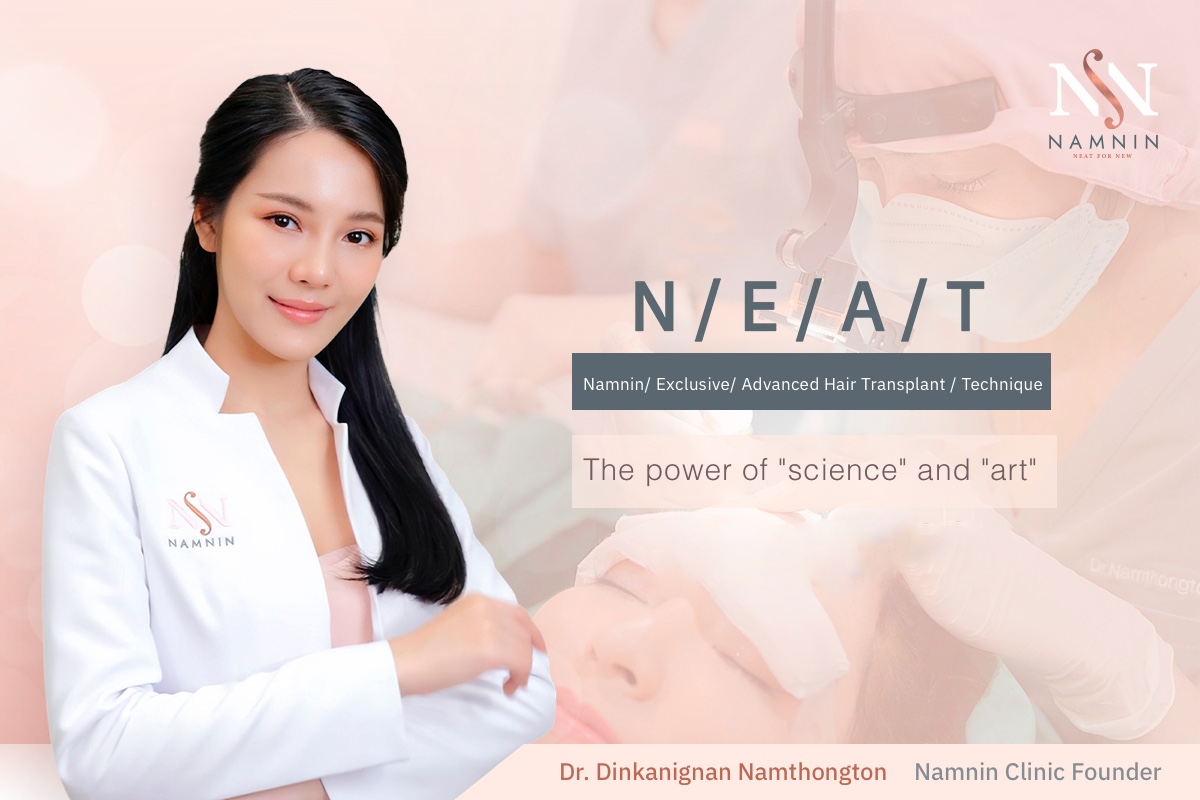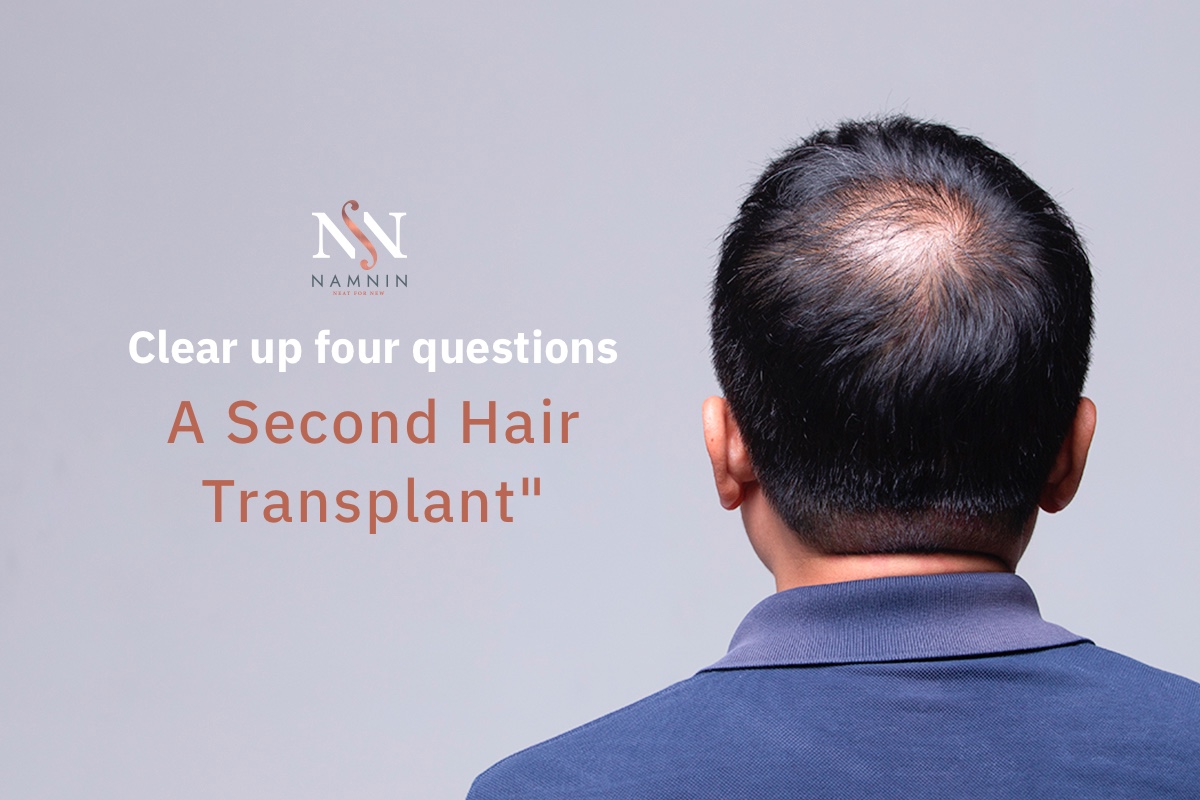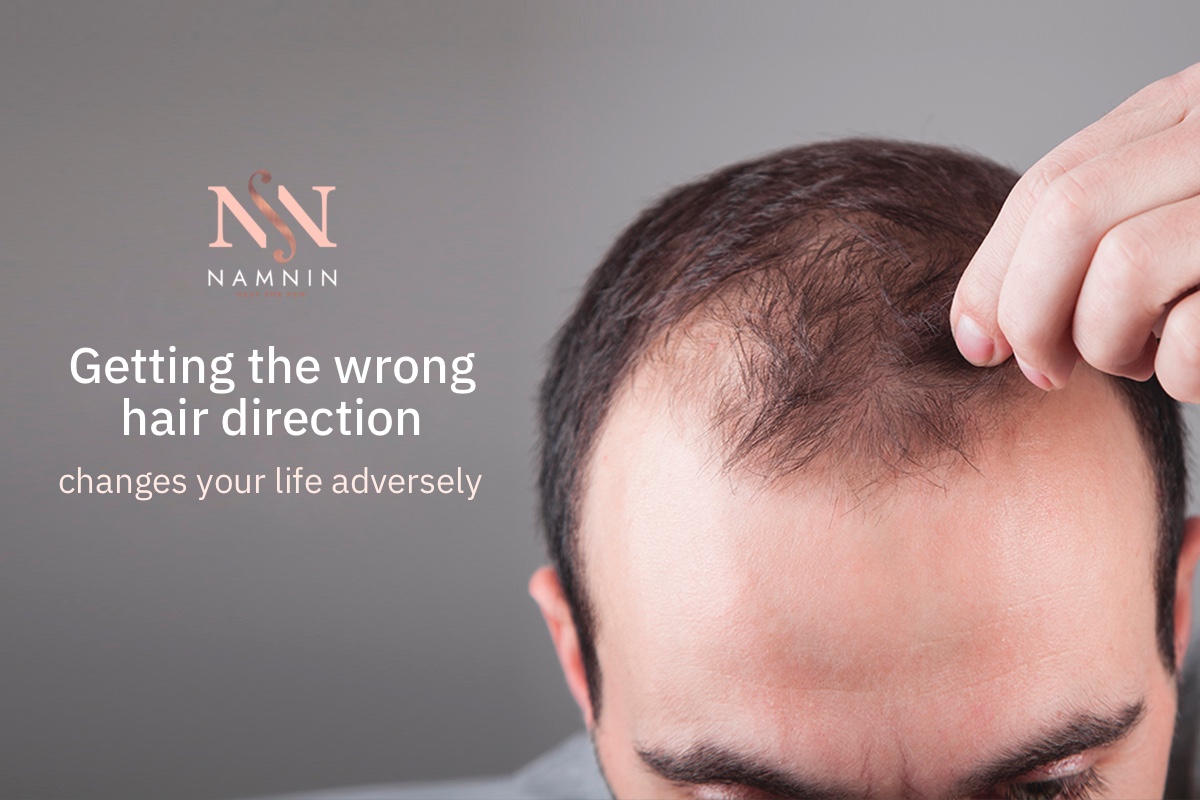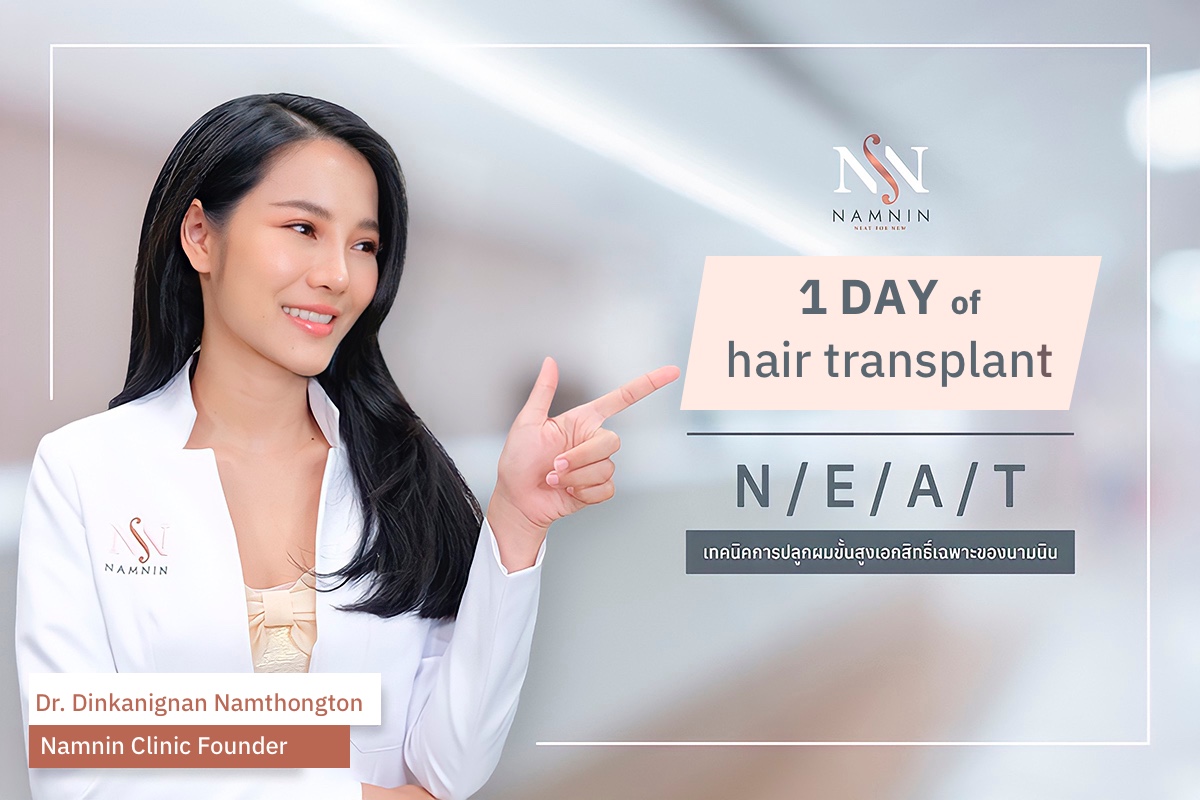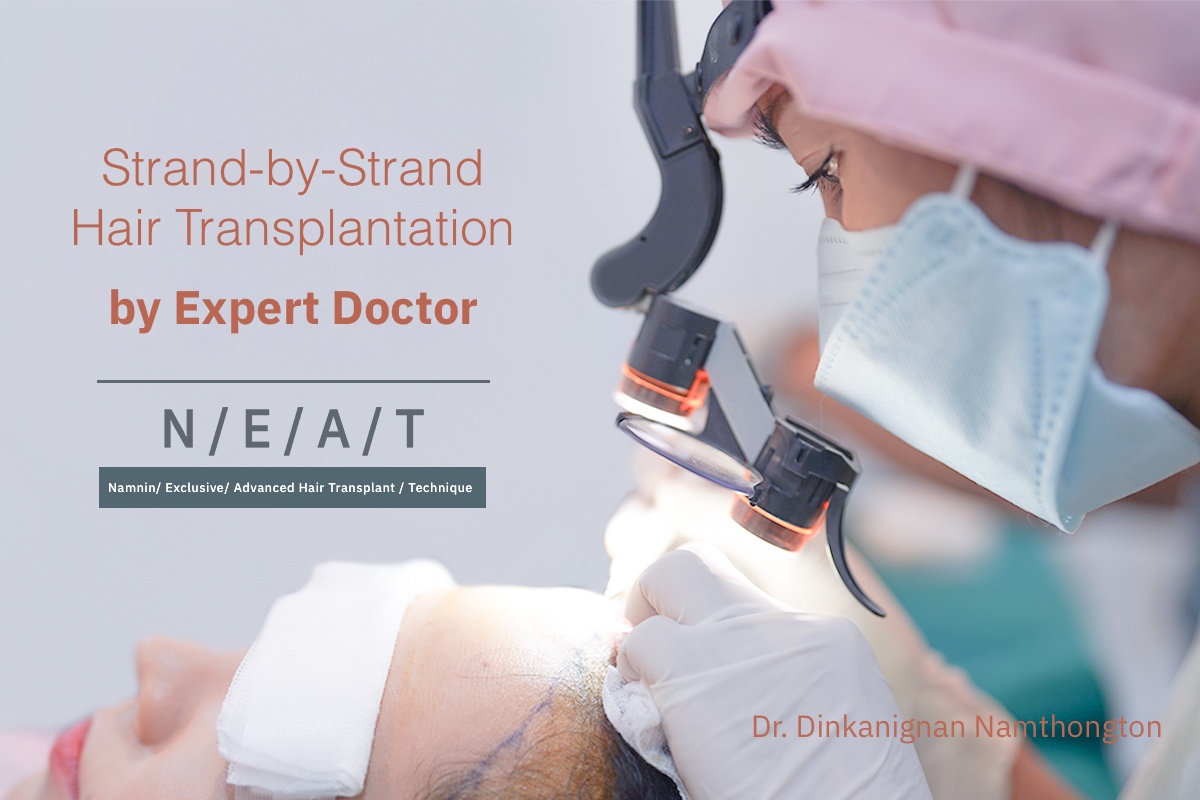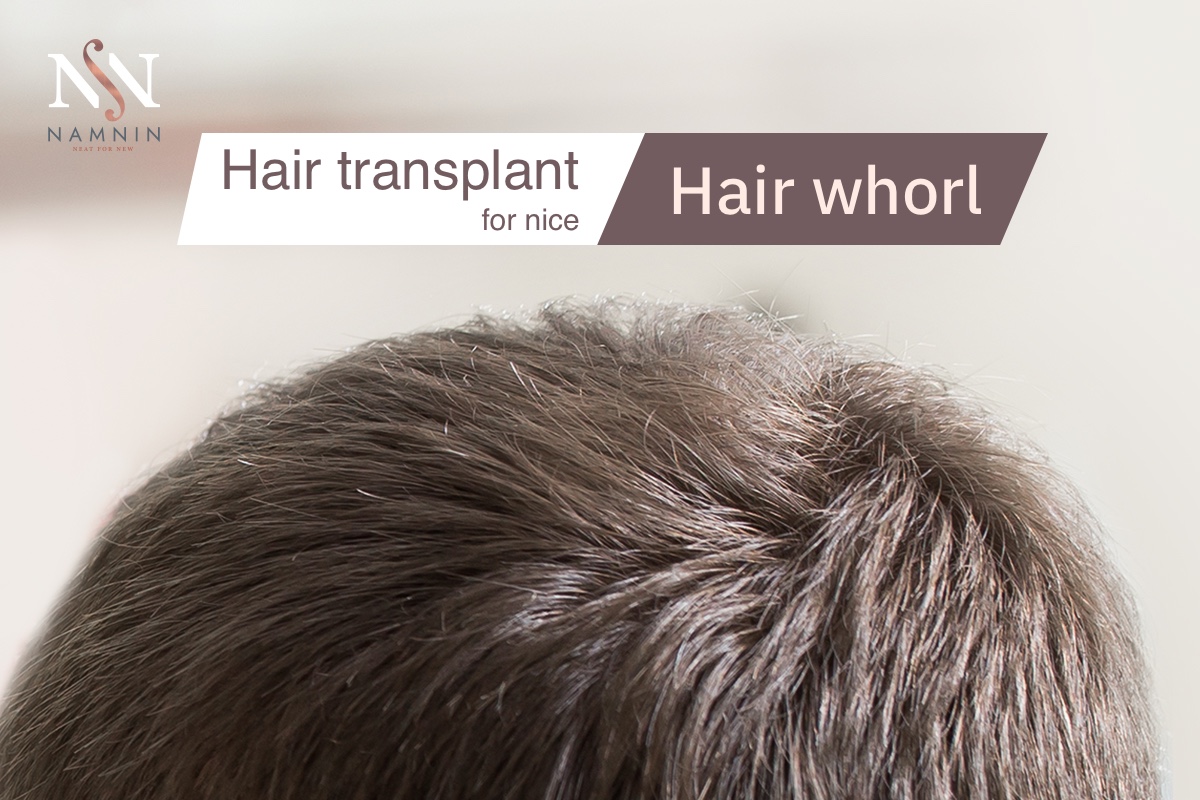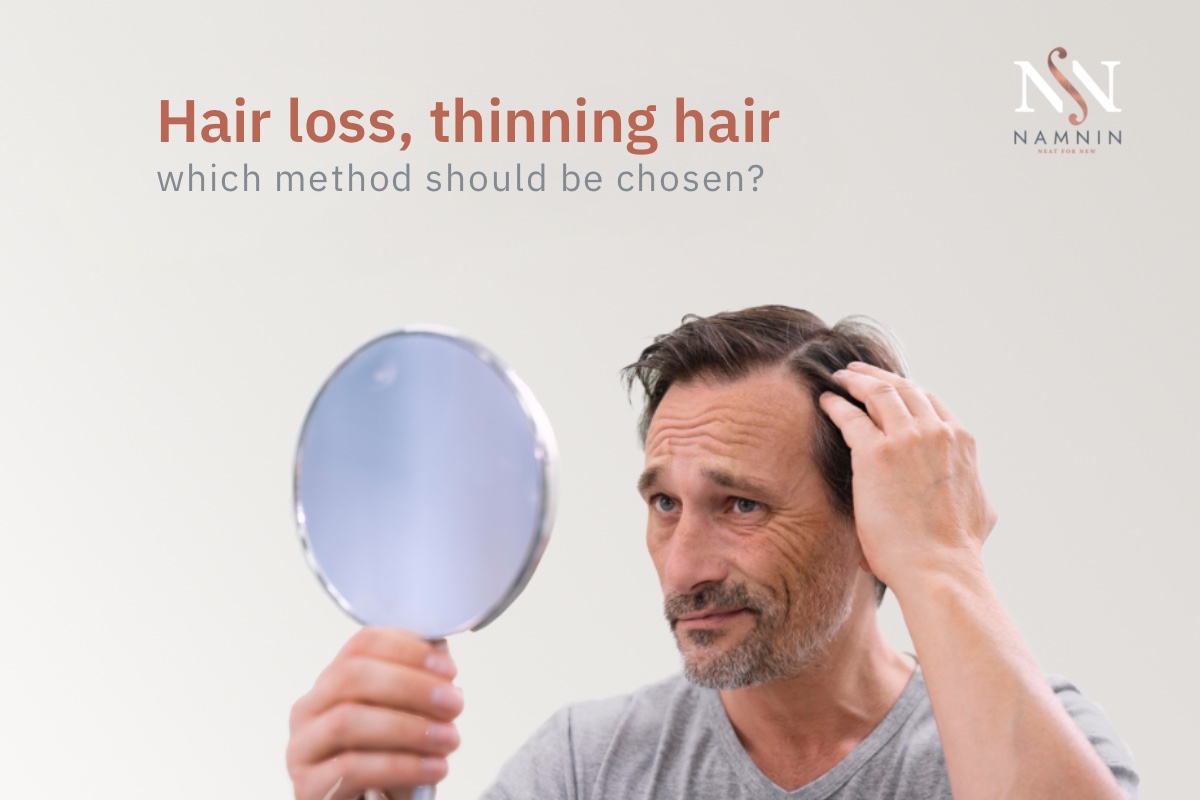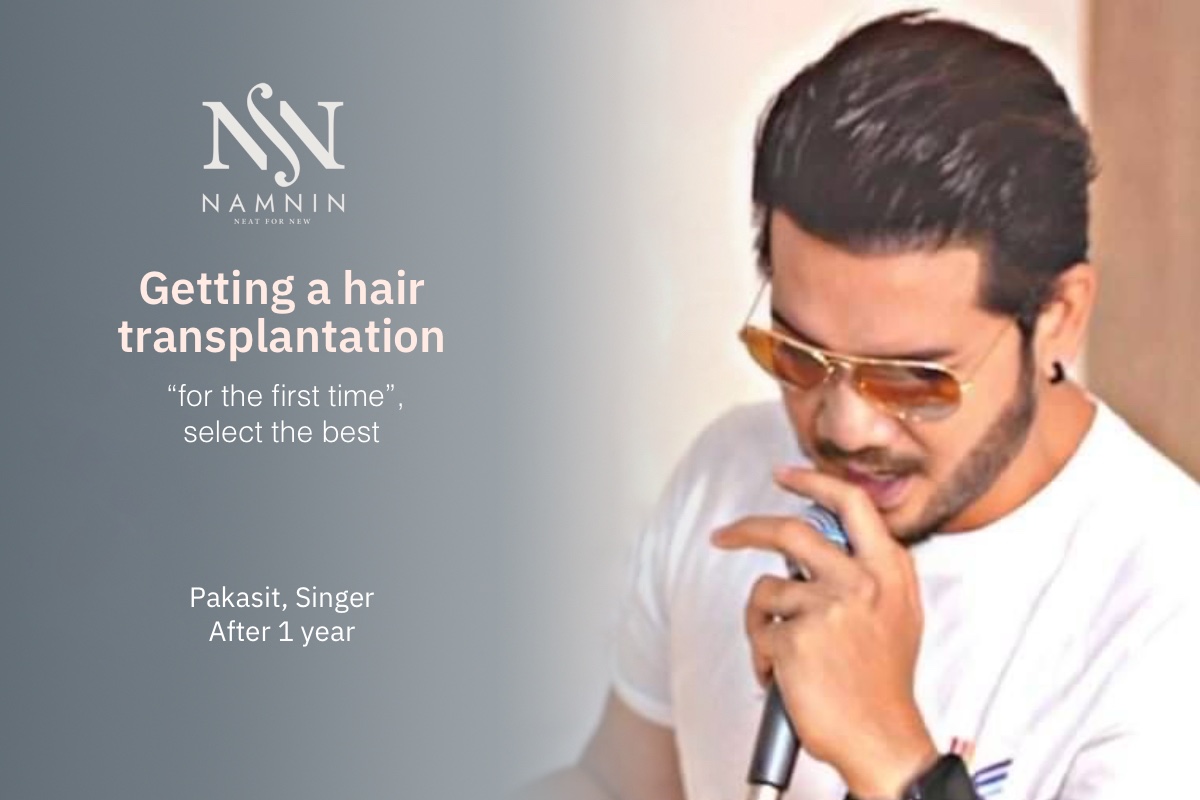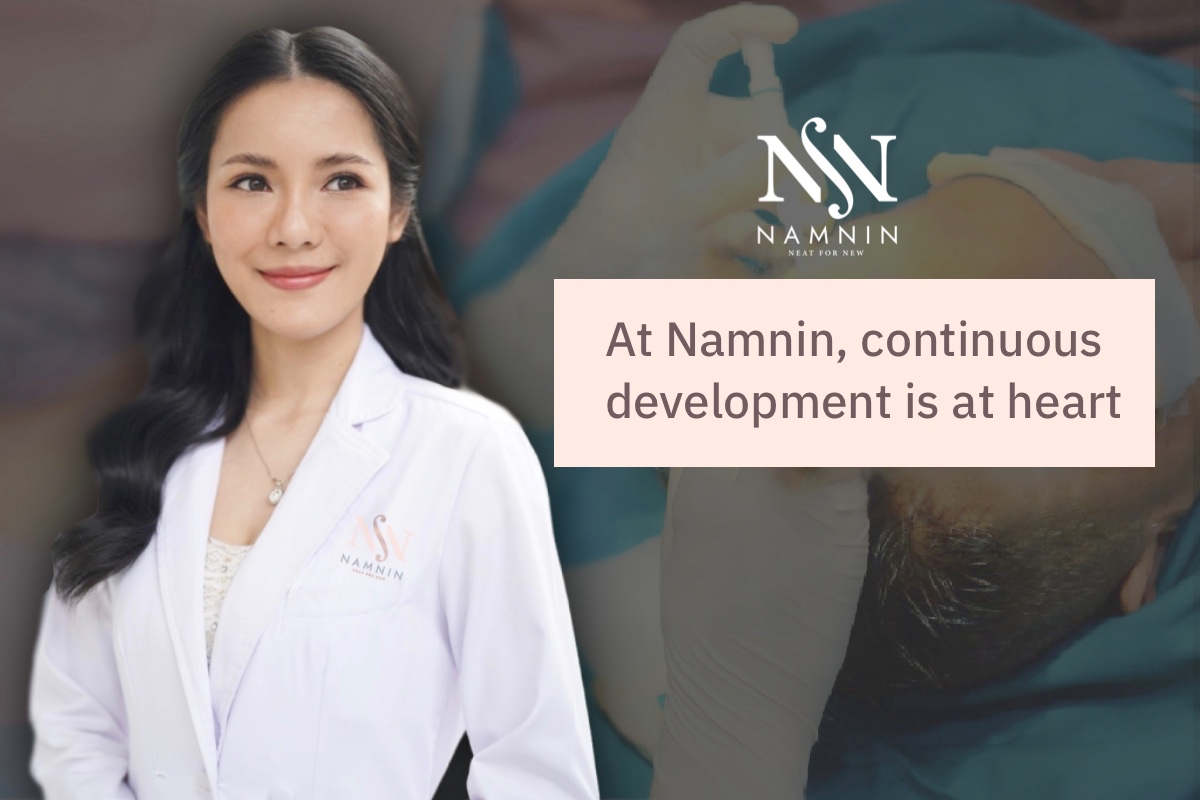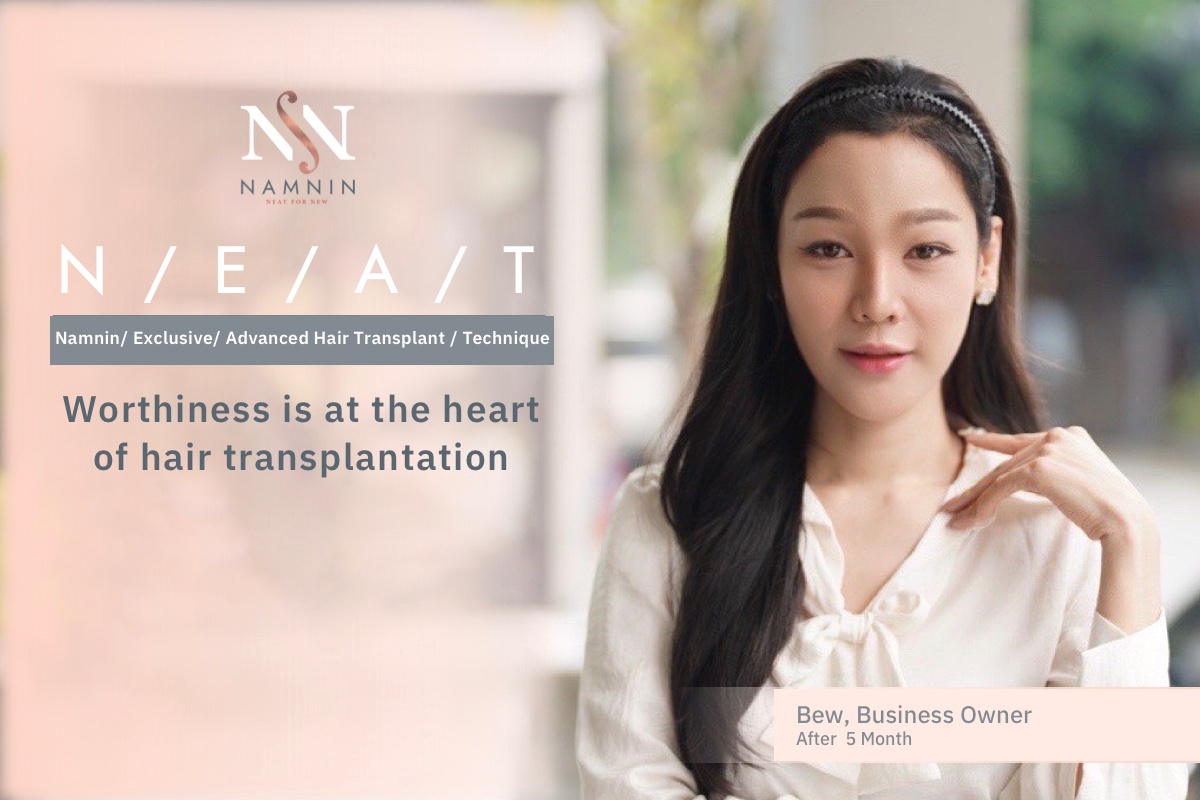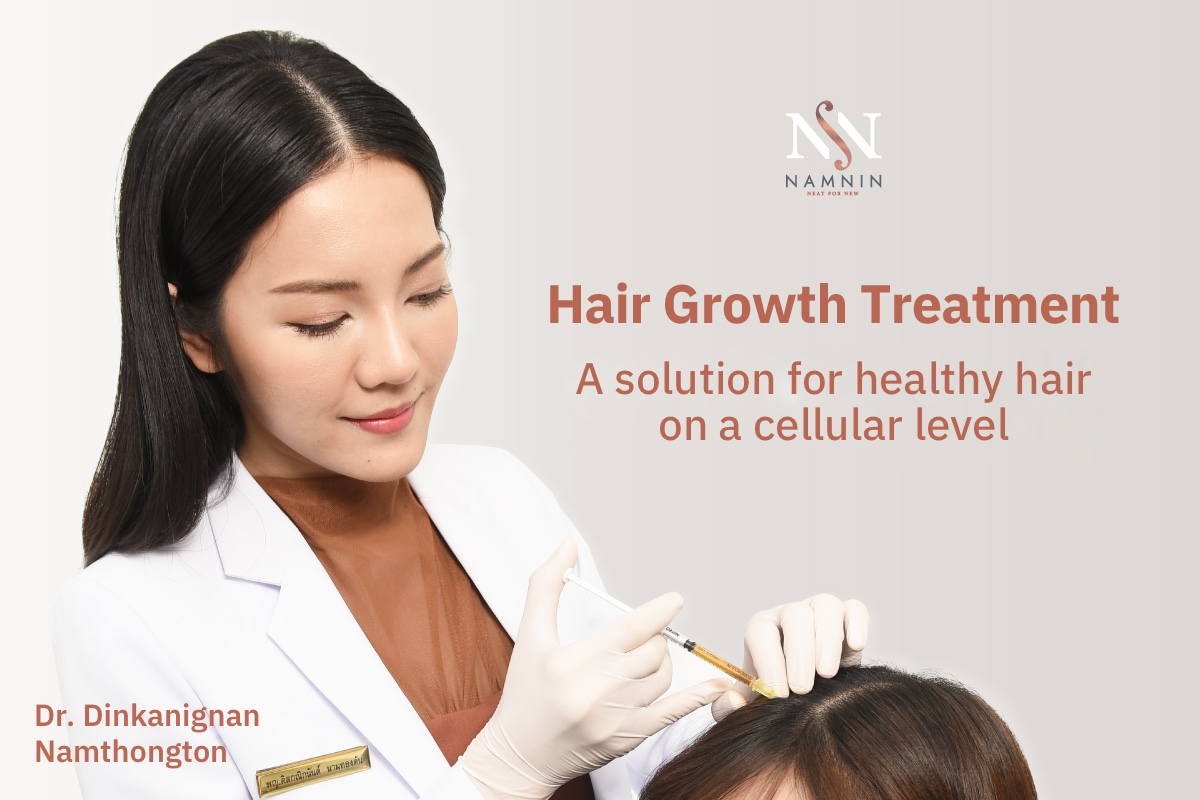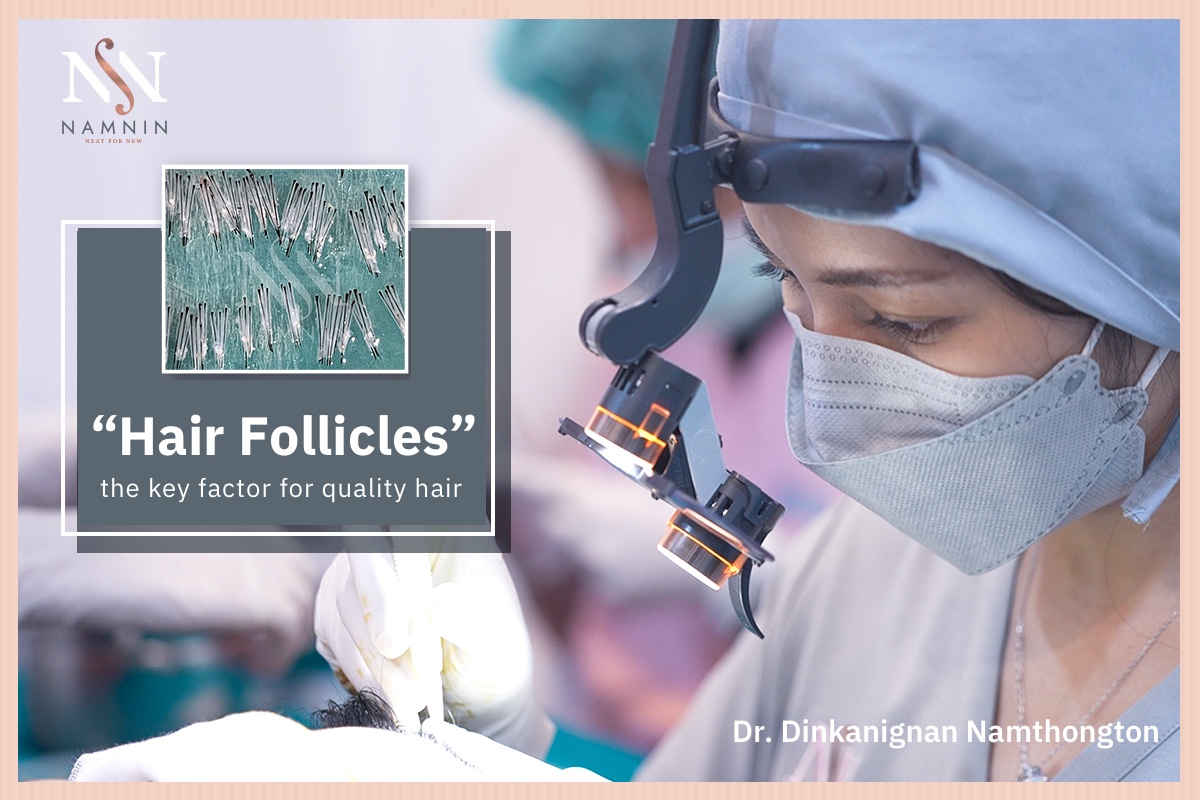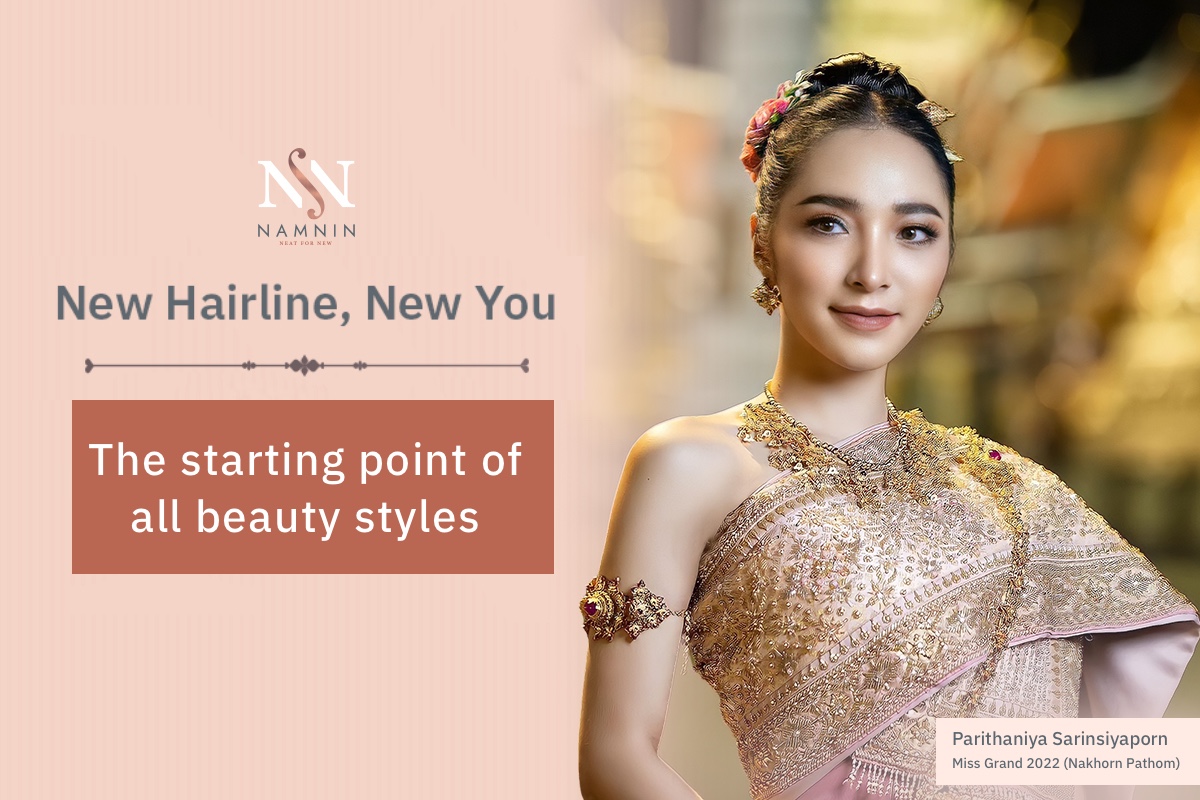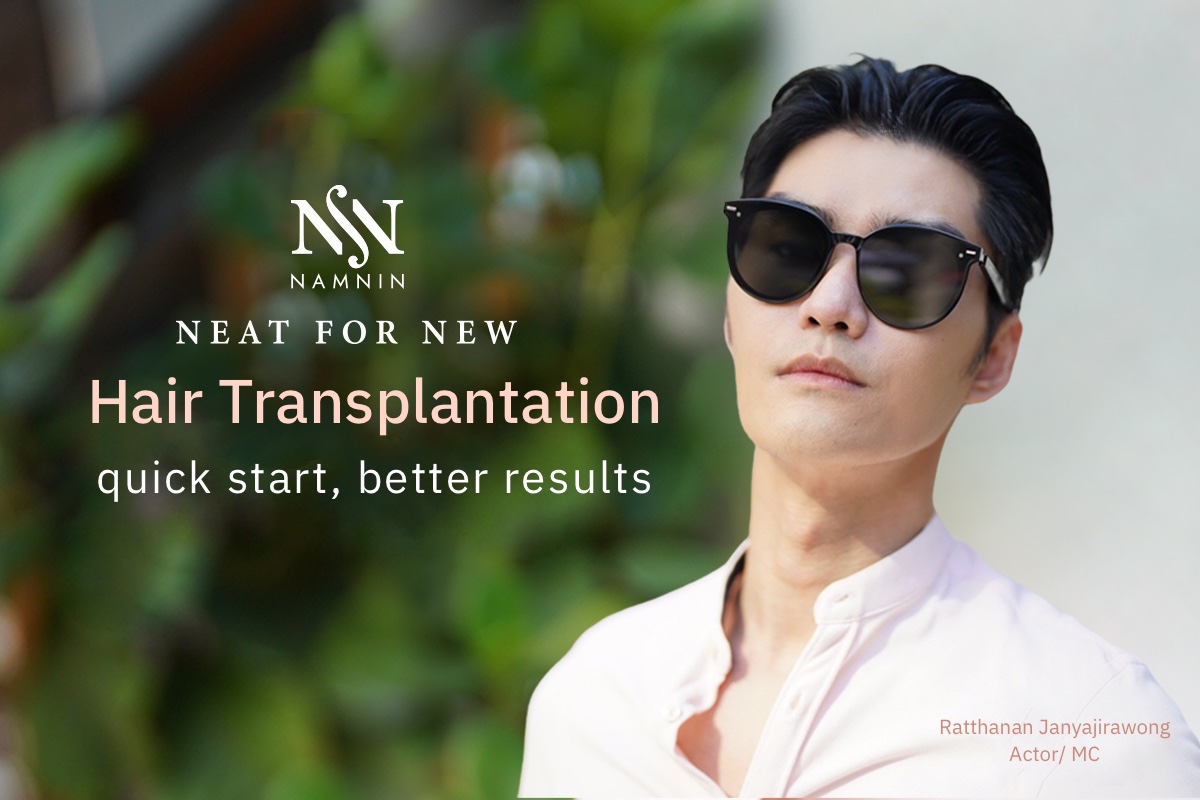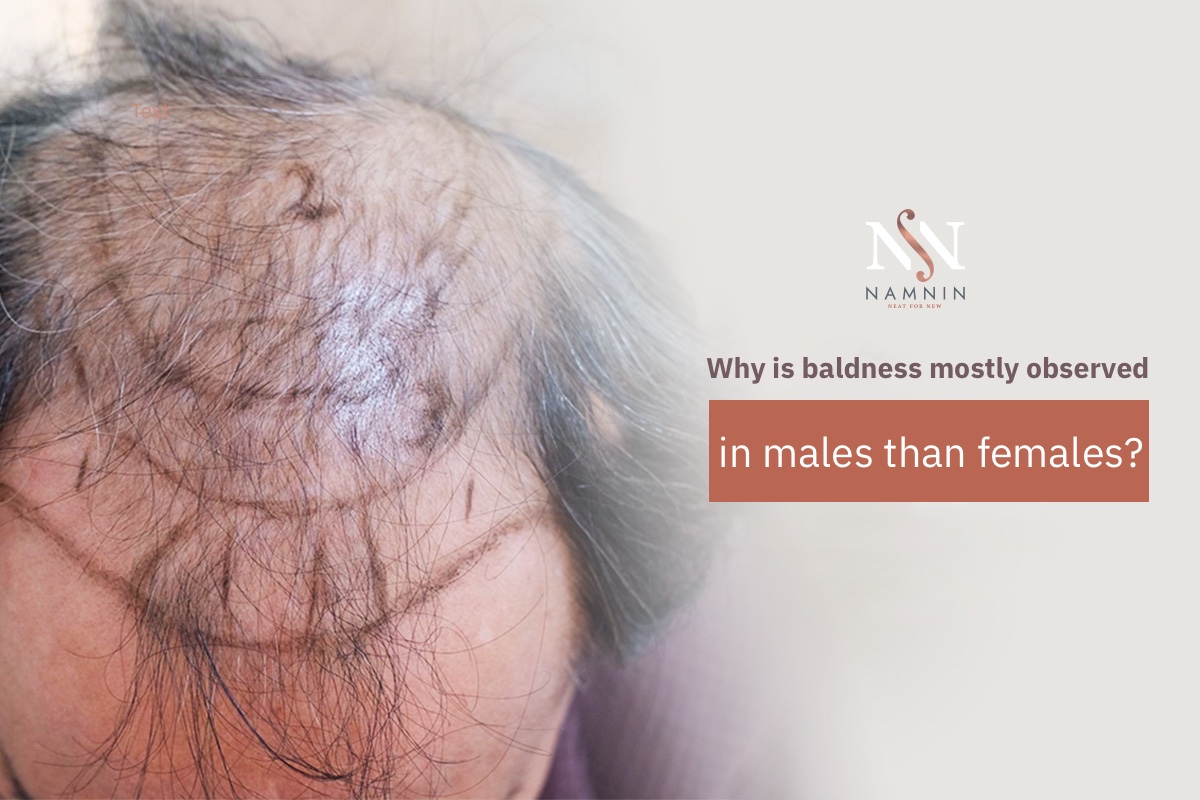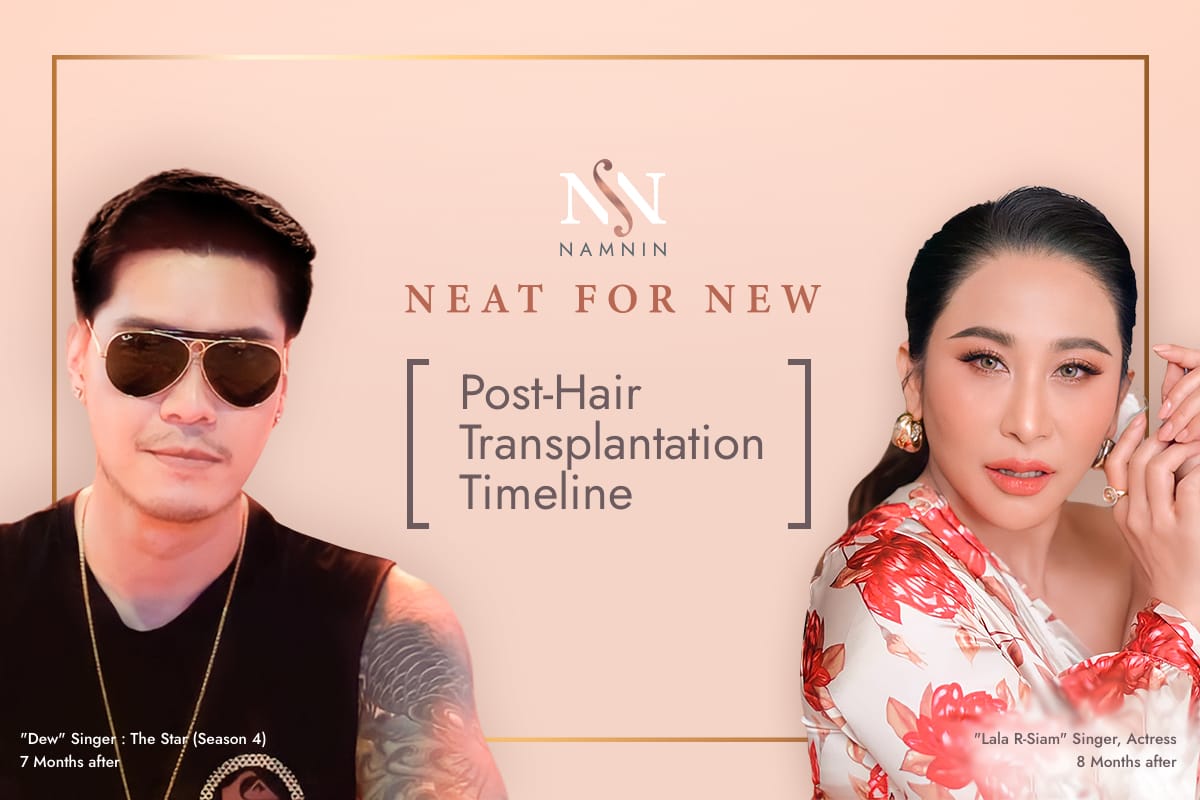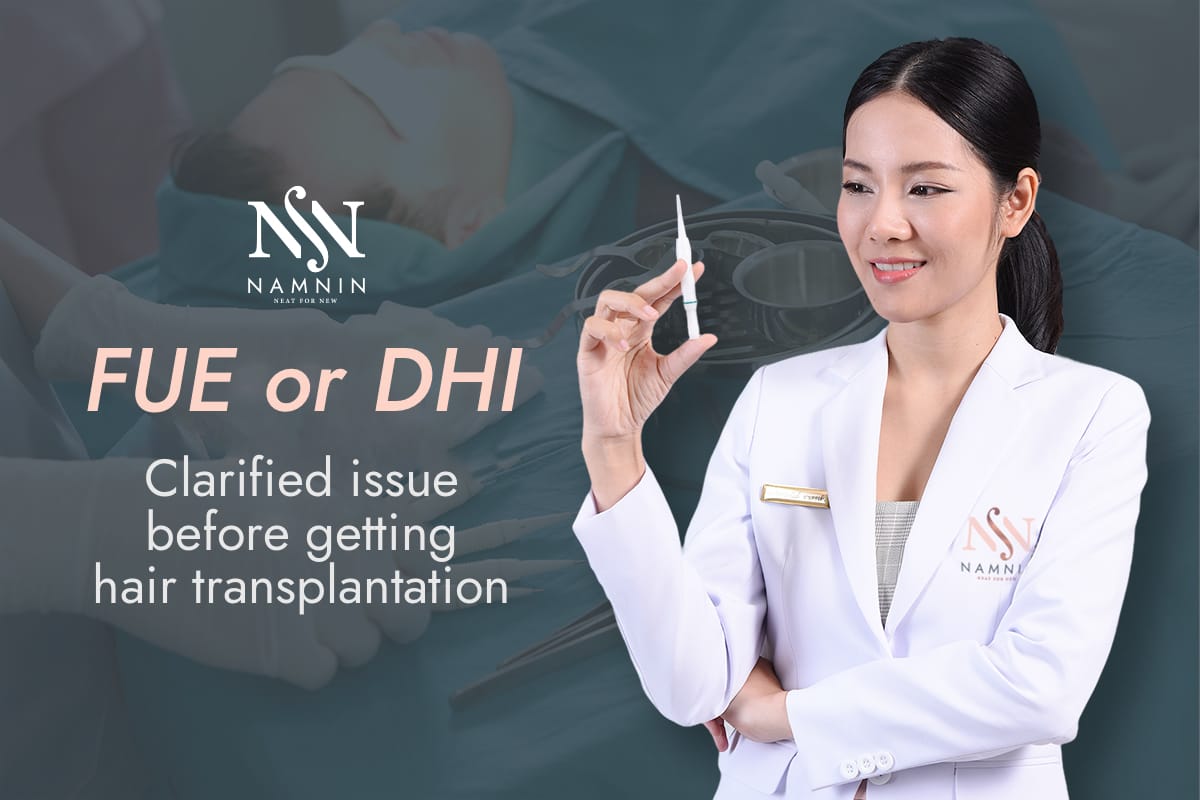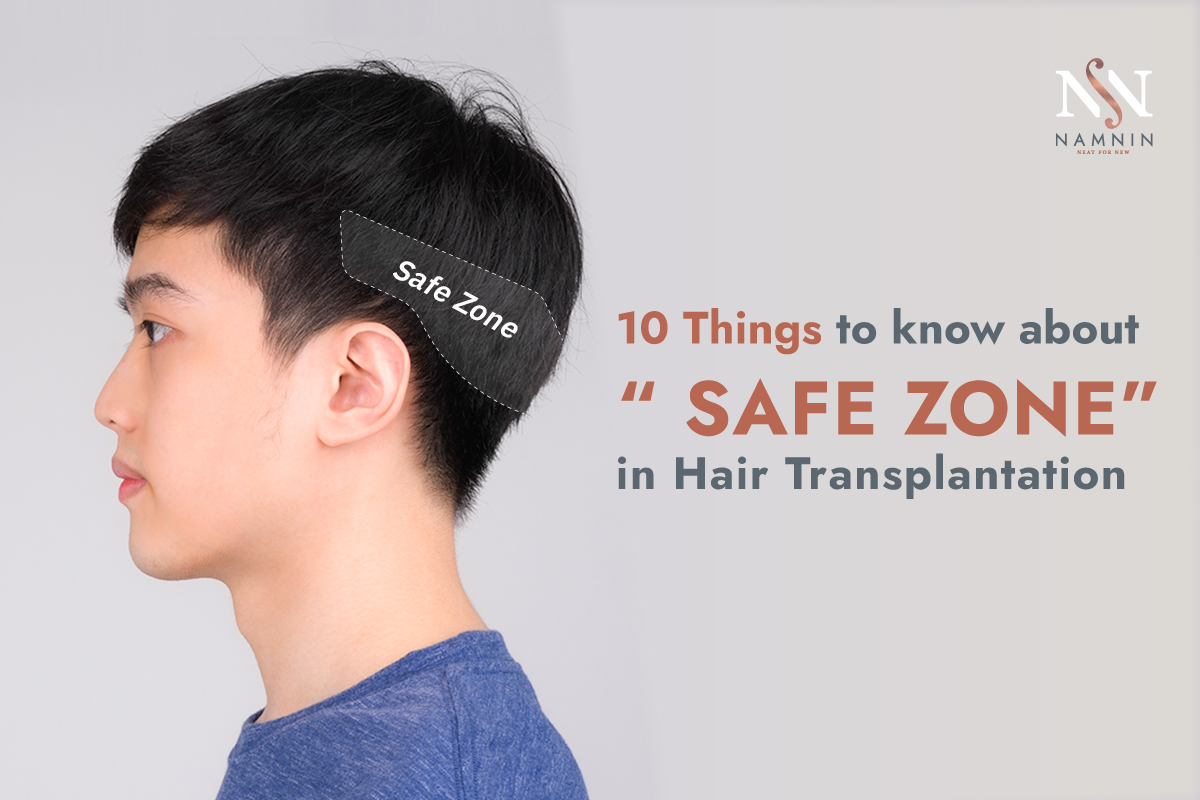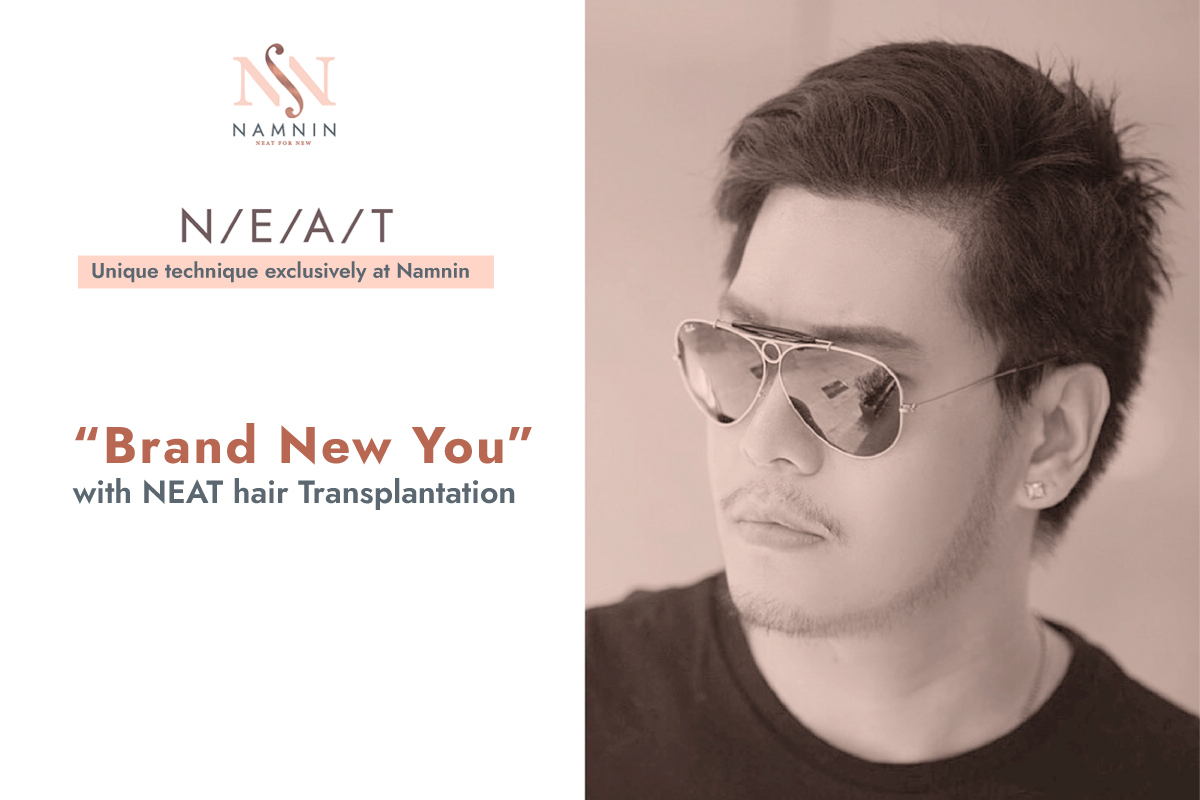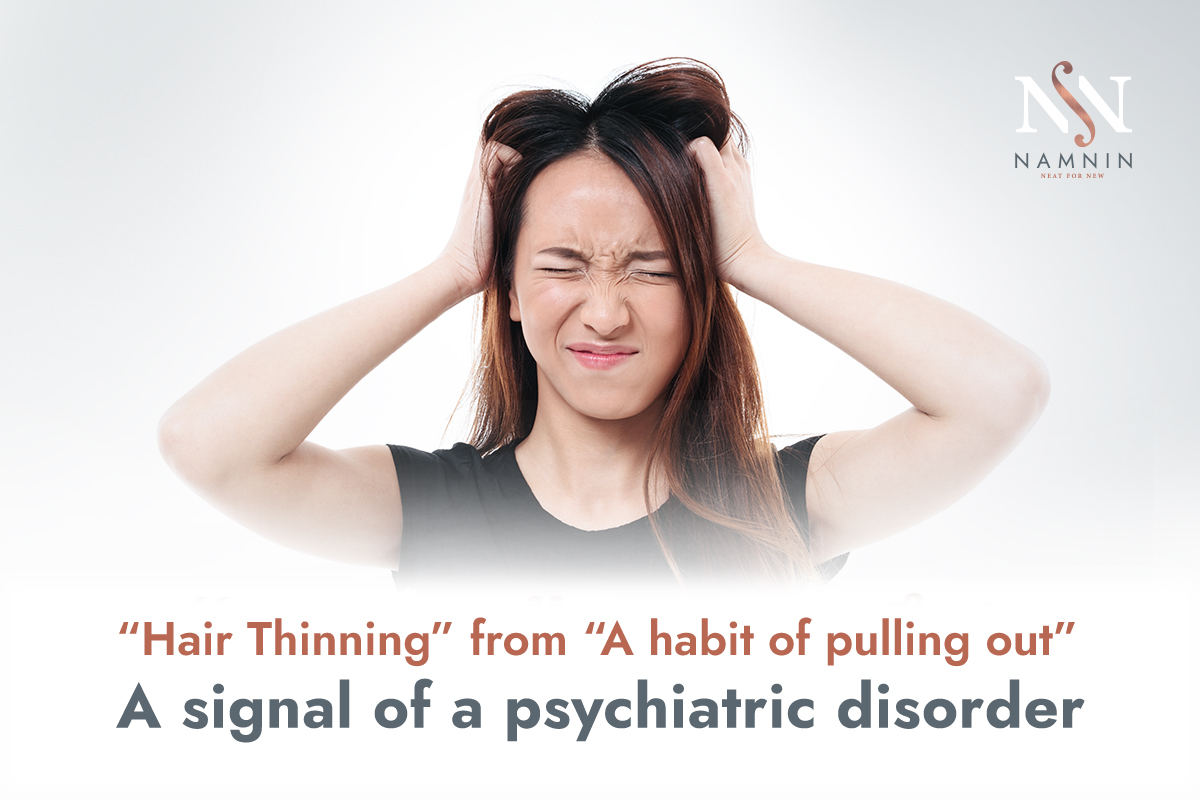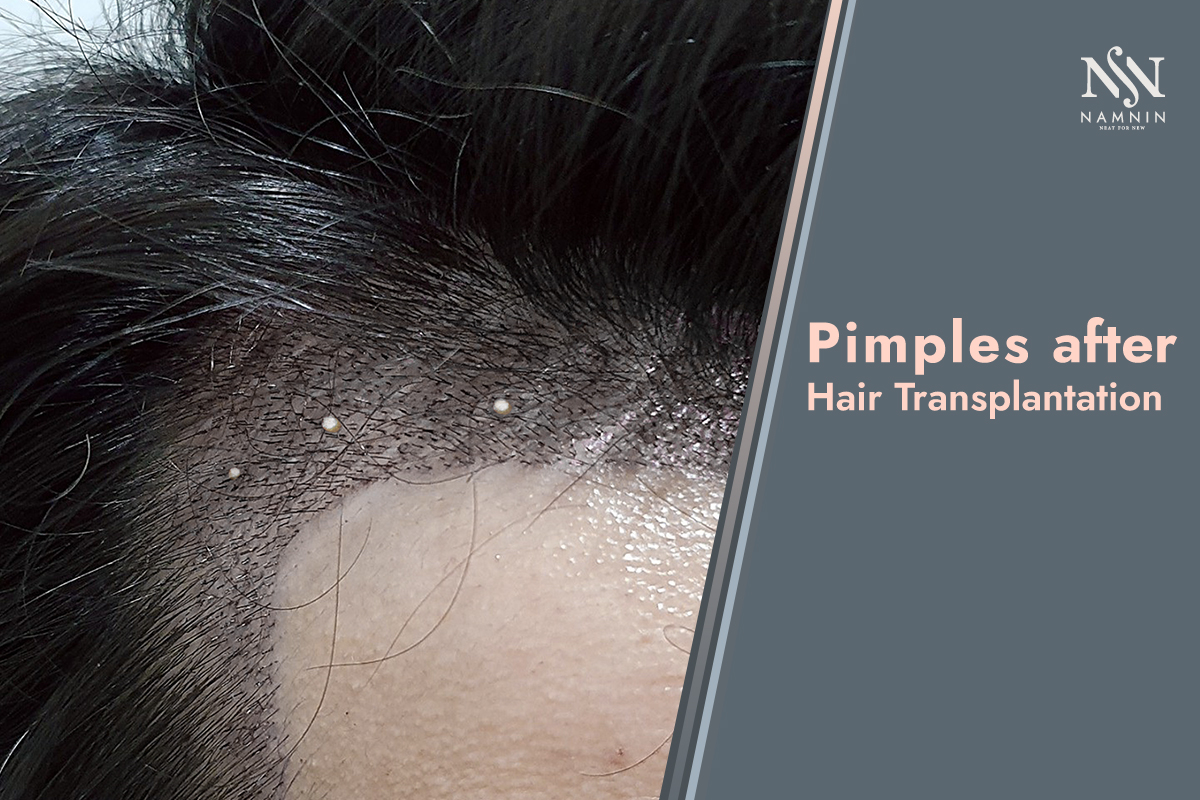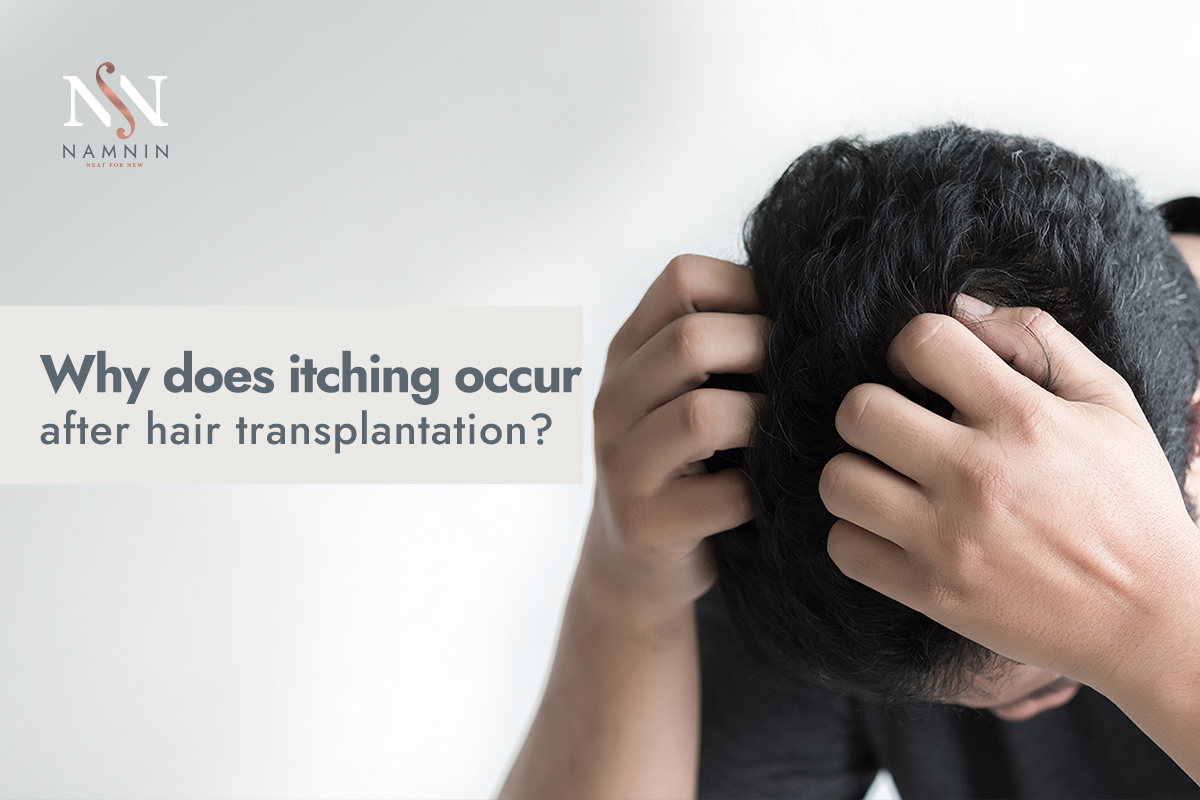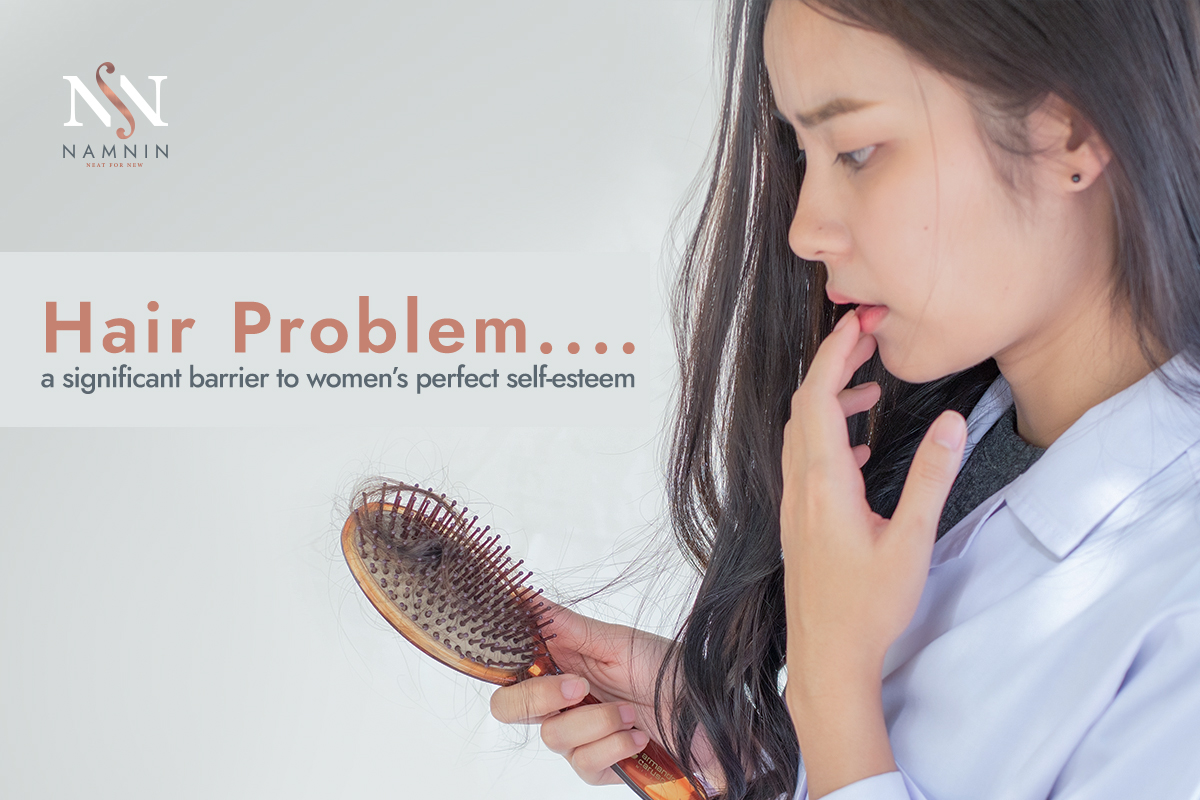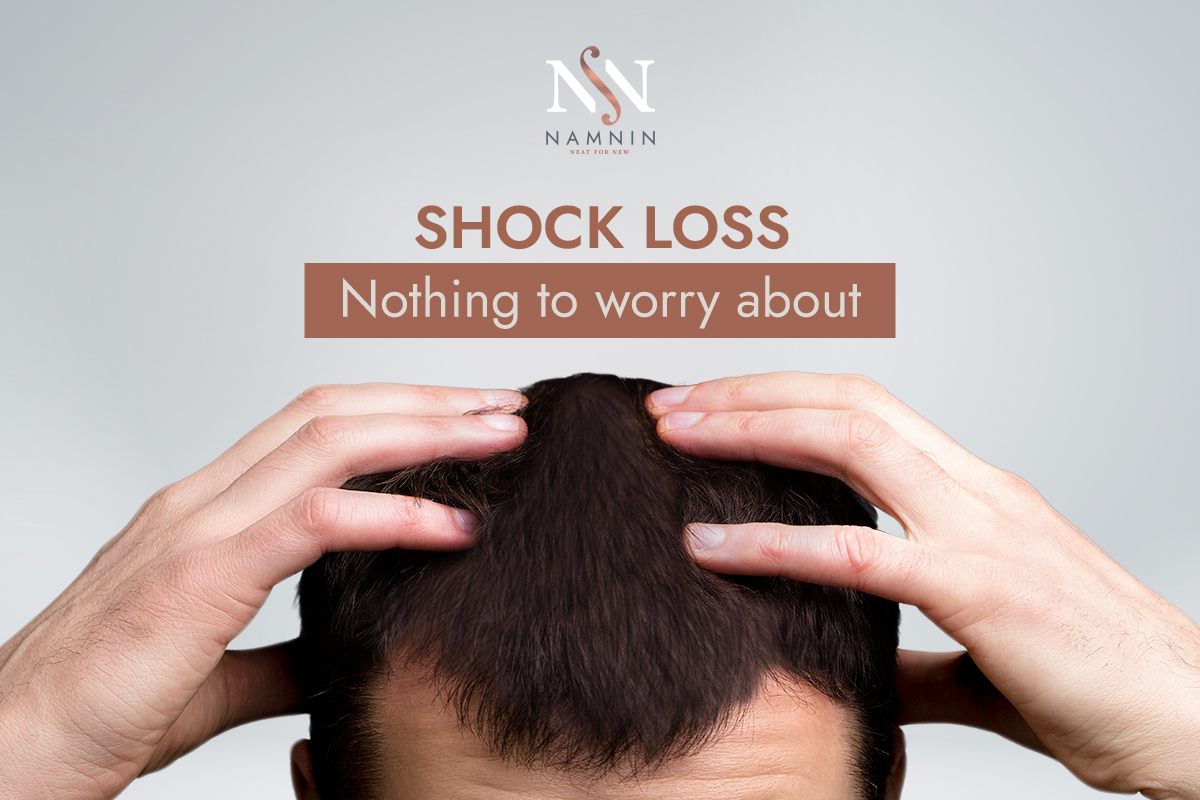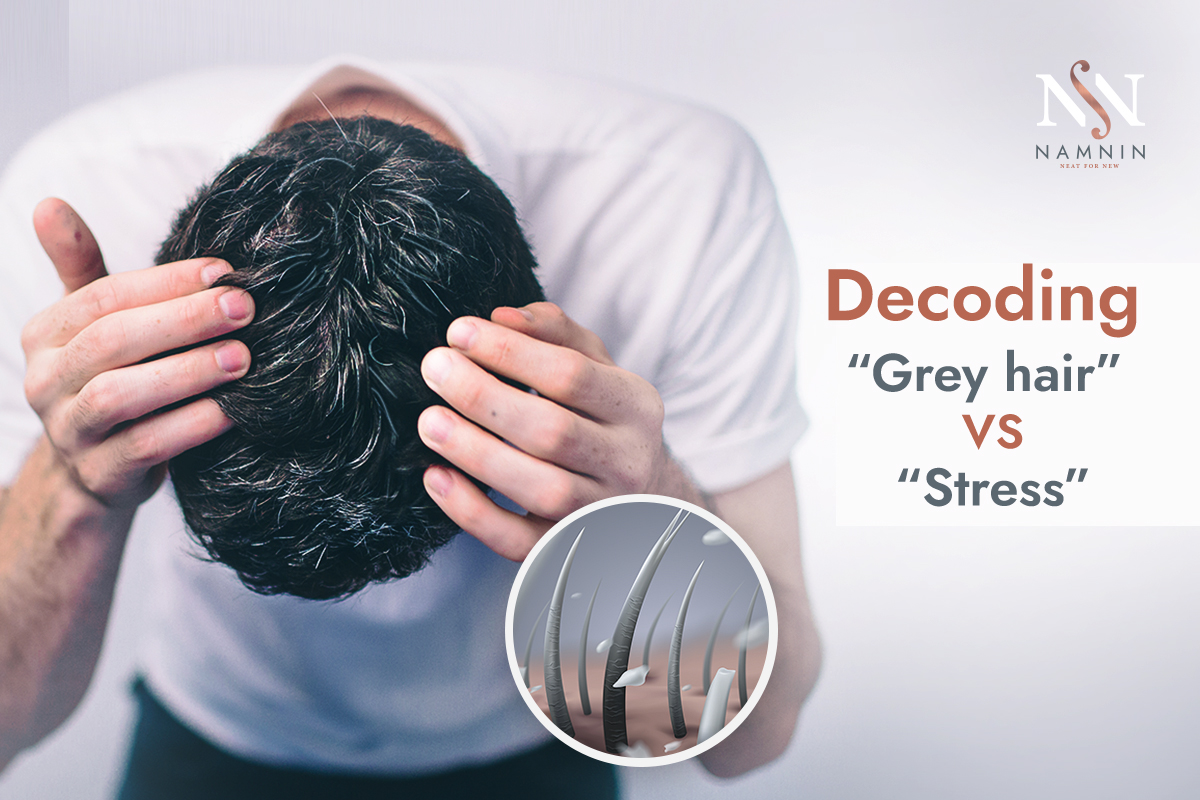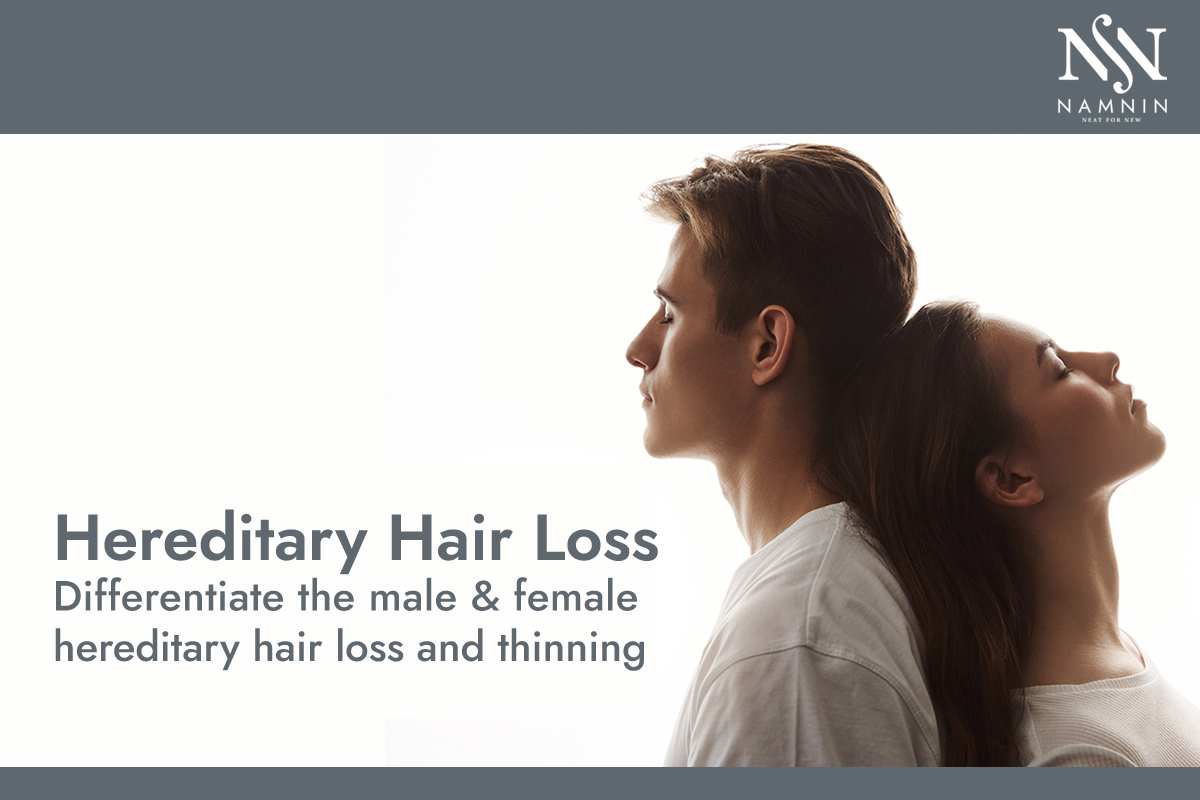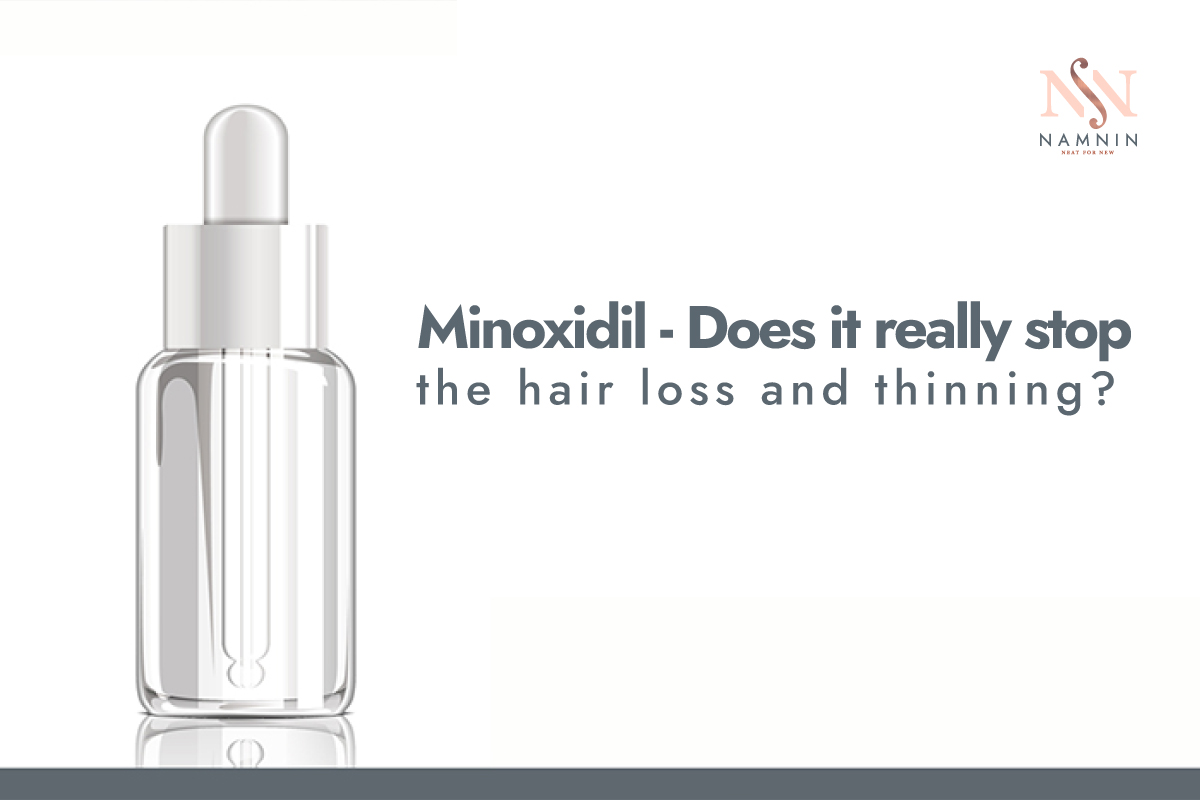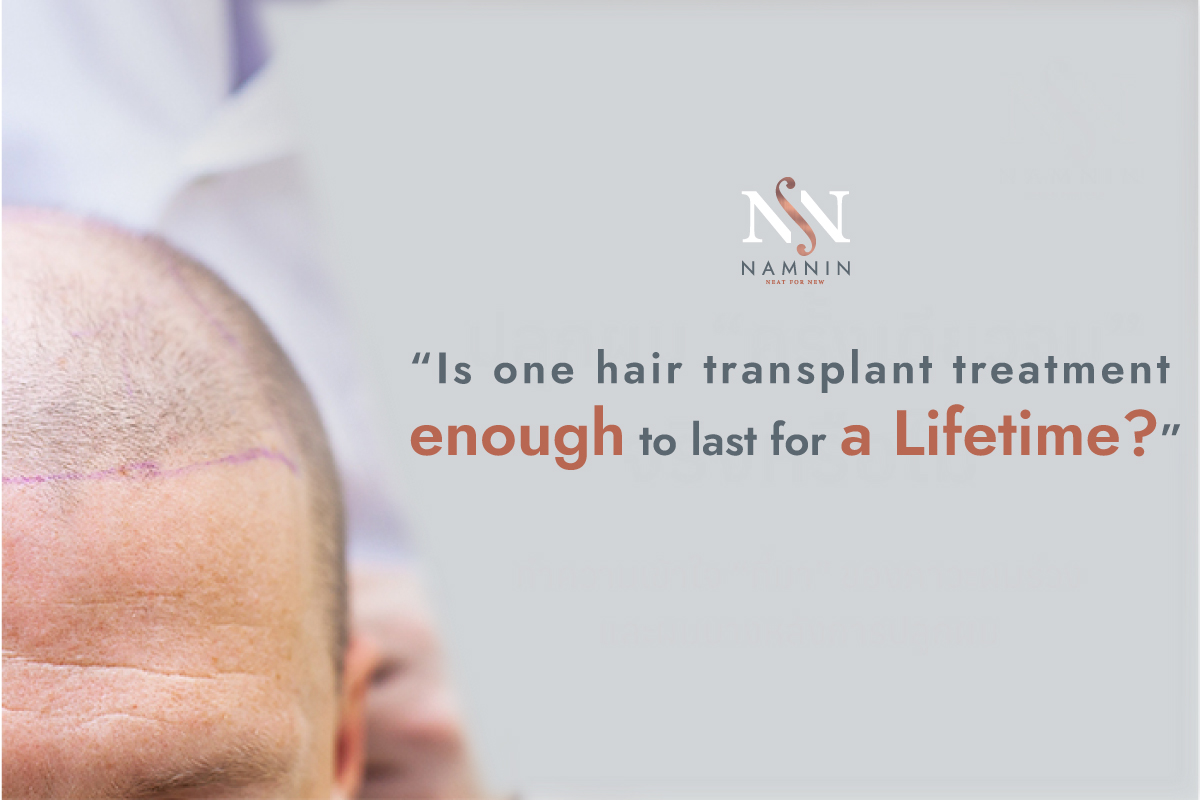Hair may seem like a small part of the human body, something we see every day in the mirror or feel with our hands as we brush or wash it. Because of this, we often take it for granted. But when the day comes that our ordinary hair starts falling out excessively, that’s when many people realize just how important hair is. Looking in the mirror may reveal a changed reflection, and running your fingers through your hair may no longer provide that familiar feeling of fullness.
The issue of hair loss goes beyond physical health; it’s also about emotional well-being. Hair enhances facial beauty, shapes one’s personality, and reflects individual style. The doctors at Namnin Clinic understand this deeply—they know that restoring hair isn’t just about appearance; it’s about restoring confidence and opening doors to new opportunities in life.
At Namnin Clinic, physicians combine their skills and continuously evolving knowledge to advance hair restoration techniques that better address patients' concerns. The core of this approach is the fusion of "science" and "art." Beyond treating hair loss and performing safe, medically sound hair transplants, doctors apply an artistic perspective to design hairlines and densities that harmonize with each patient’s facial proportions, appearance, and personality, helping them feel renewed after the procedure.
A critical aspect of Namnin Clinic’s approach is the personal care woven into every step of the hair restoration journey. From the very first consultation, patients experience a tailored treatment plan designed around their unique needs. Each case is approached with fresh eyes—there are no cookie-cutter solutions. Doctors perform the hair transplant personally, graft by graft, and provide follow-up care for a full year to ensure the newly transplanted hair grows strong, dense, and naturally beautiful.
To achieve even more complete results, Namnin Clinic combines two specialized hair restoration techniques: NEAT and PHB. NEAT is a proprietary transplant method developed by the clinic for hair lovers, complemented by PHB injections post-transplant. But to understand how these two techniques work together, it helps to first explore the root causes of hair loss in both men and women—which, although different, can be addressed perfectly with the NEAT + PHB combination.
Most people are aware that male pattern baldness is primarily caused by genetics, passed down through families. Some inherit this trait from their parents, while others may get it from grandparents. Hair thinning typically starts after adolescence and progresses with age. Common signs of genetic hair loss in men include:
- A receding hairline forming an “M” shape.
- Thinning at the crown of the head, creating an “O” pattern.
- In some cases, both patterns occur together, leading to extensive thinning, often leaving only hair at the back and sides of the head.
This type of hair loss is caused by an enzyme that increases on the scalp, converting testosterone into dihydrotestosterone (DHT). DHT causes hair follicles to shrink, weakening the roots and producing finer, shorter, and more fragile hair that falls out prematurely. The growth cycle shortens, while the resting phase lengthens, making new hair take longer to grow back. Over time, the hair looks dry, lifeless, and less healthy.
For men with genetic hair loss driven by DHT, a hair transplant is the most effective solution. This involves extracting hair grafts from the "Safe Zone" at the back of the head and transplanting them to thinning areas. Hair from the Safe Zone is resistant to DHT, meaning even after transplantation, it will continue to grow naturally for a lifetime.
However, some men may continue to experience hair thinning even after a transplant, as the existing native hair is still affected by DHT. This is where NEAT + PHB comes in. After a NEAT hair transplant, doctors closely monitor progress and recommend PHB treatments to strengthen both the newly transplanted and existing hair.
PHB is a nourishing treatment that revives hair health, increasing the thickness, strength, and vitality of each strand. It prolongs the growth phase, reduces shedding, and shortens the resting phase, ensuring faster hair regrowth. Many patients who consistently receive PHB treatments post-transplant enjoy thicker, fuller, and healthier hair, with some opting to continue these treatments even after the standard one-year follow-up period.
When it comes to female hair loss, the approach is slightly different.
- For women with frontal hair thinning or a receding hairline, a hair transplant can help reshape the face according to the Golden Ratio.
- However, for women experiencing diffuse hair thinning across the entire scalp (often due to genetics), a transplant may not be the best option, as there is no Safe Zone in the female scalp. In these cases, transplanted hair may still be prone to future shedding. Instead, doctors often recommend PHB program to restore hair strength and scalp health without the need for a transplant.
- Women experiencing hair loss due to damaging hair treatments (such as coloring, perming, or straightening) or hormonal changes (like postpartum hair loss) can also benefit from PHB as a recommended solution.
The journey to healthier, fuller hair starts with a conversation. By consulting with a doctor, patients can have their hair condition assessed, problems analyzed, and needs understood. This leads to a customized treatment plan, combining the science of NEAT and the nourishment of PHB, delivering optimal hair restoration results tailored to each individual.

